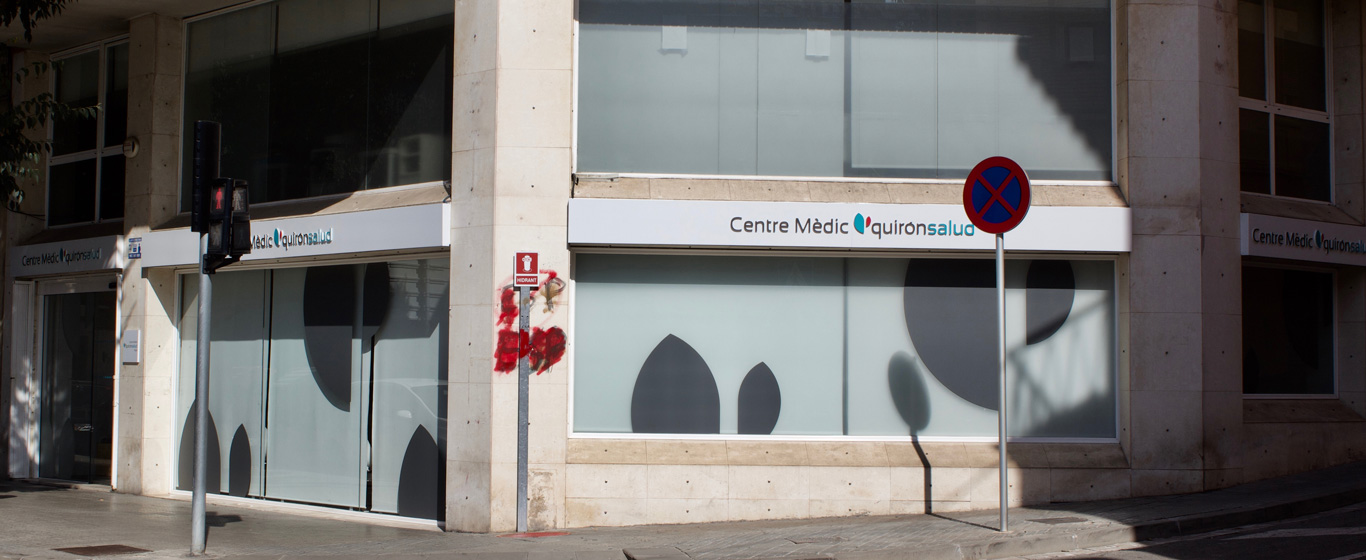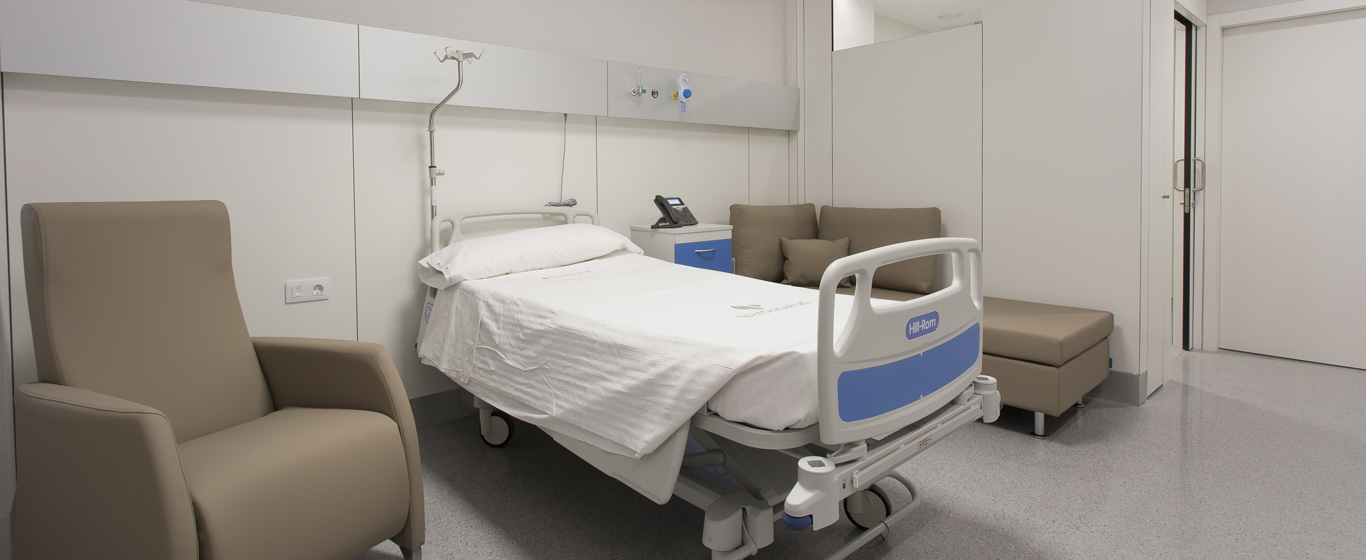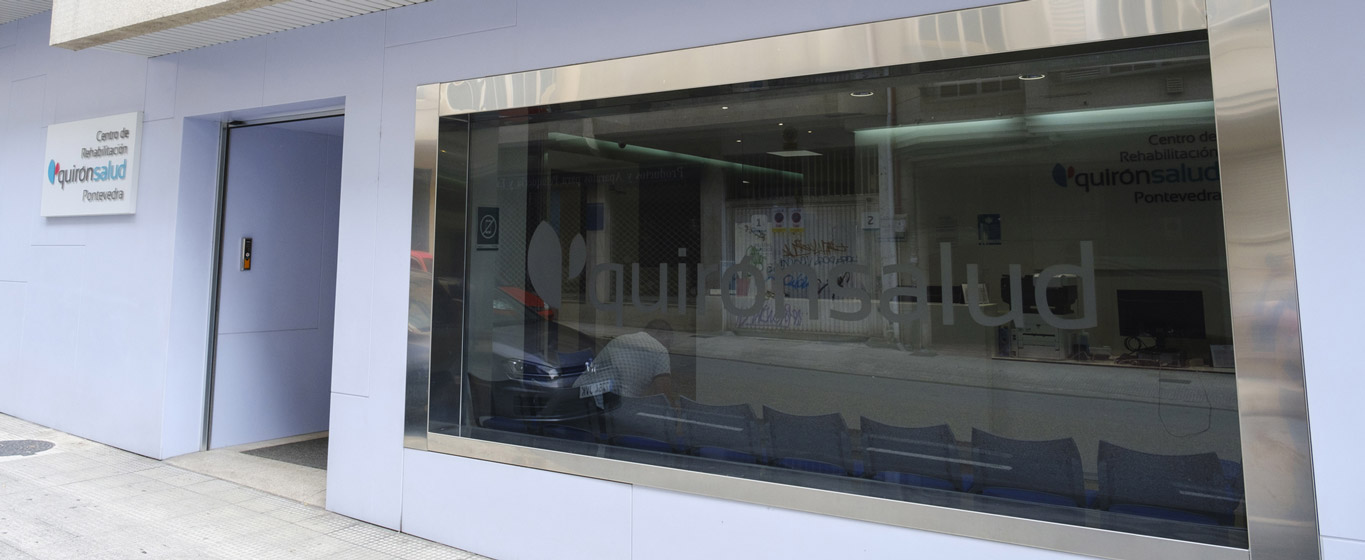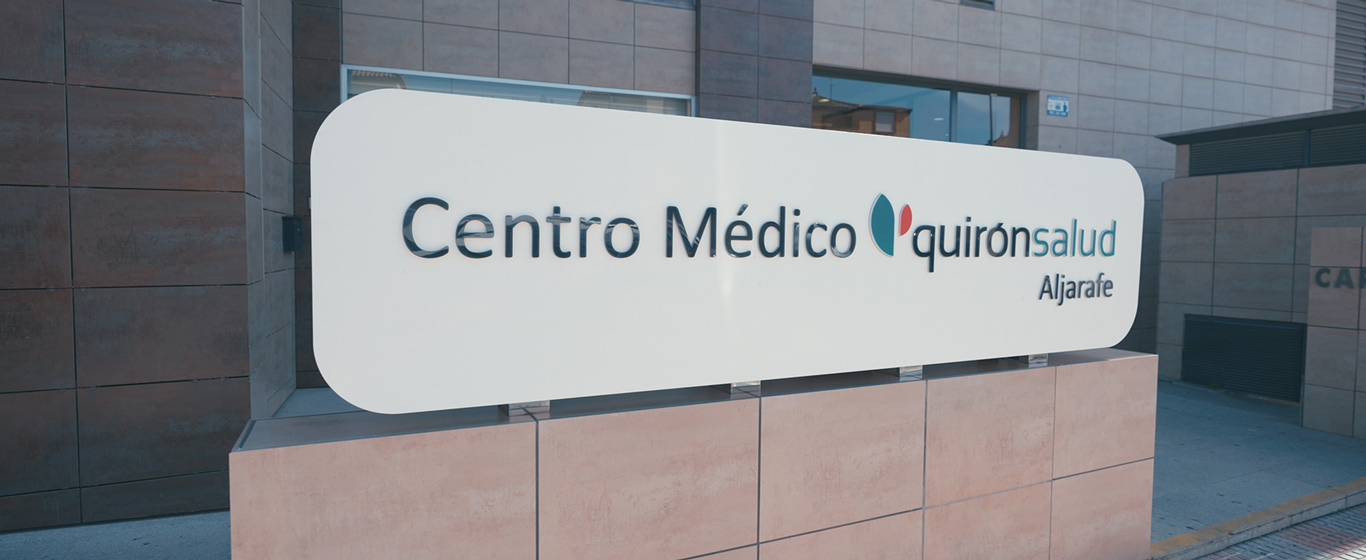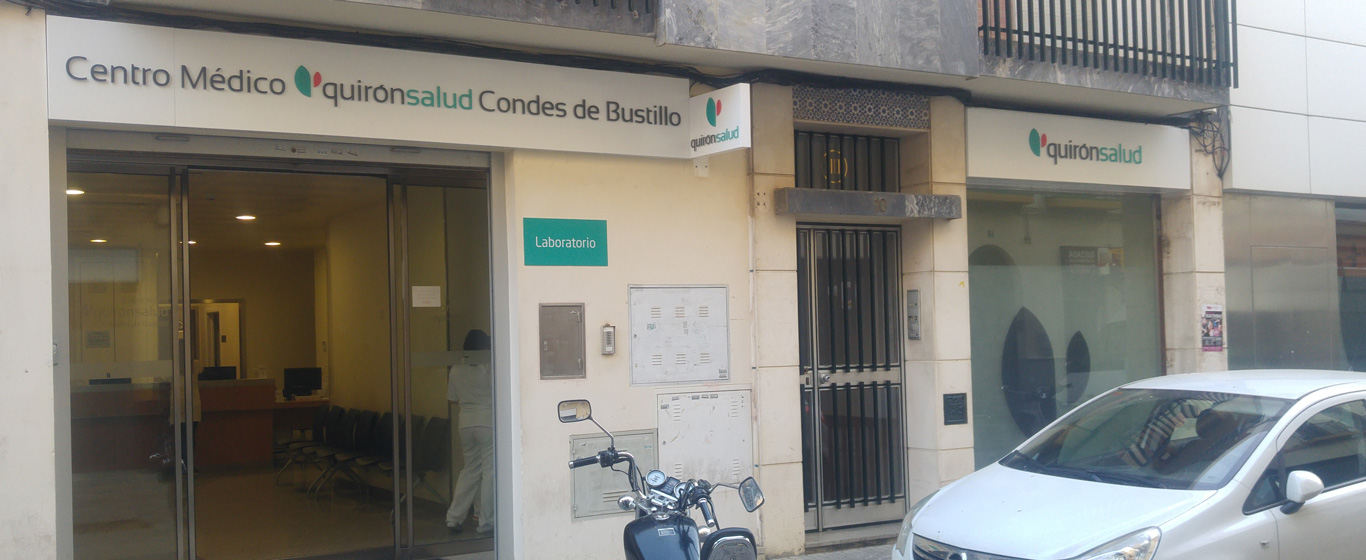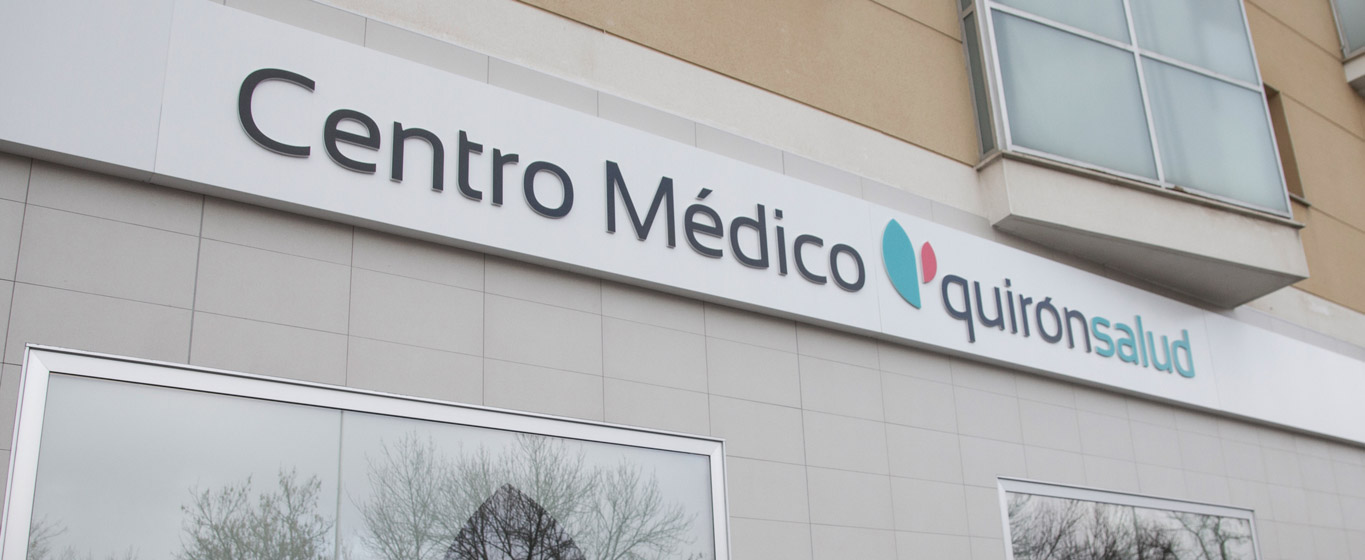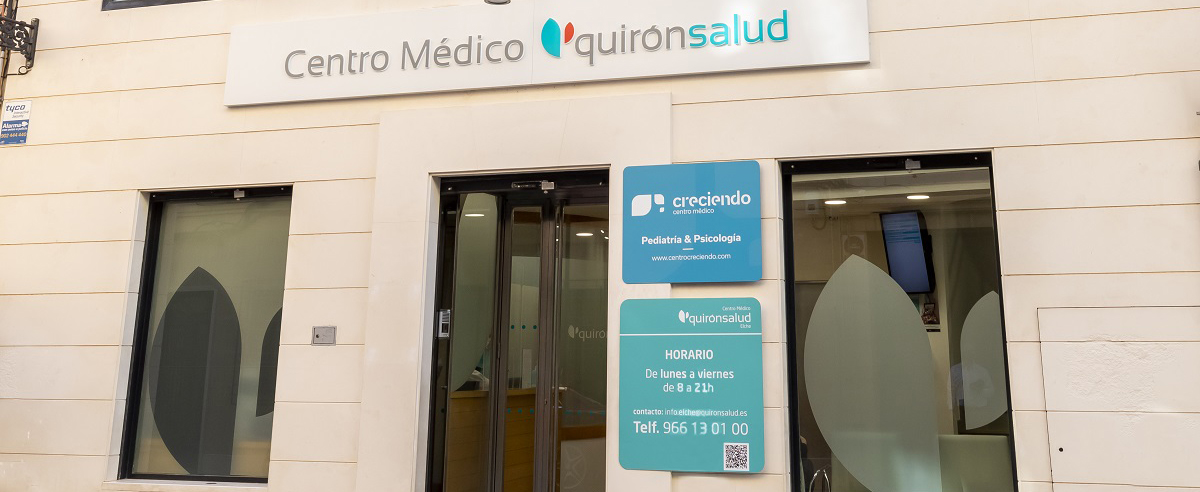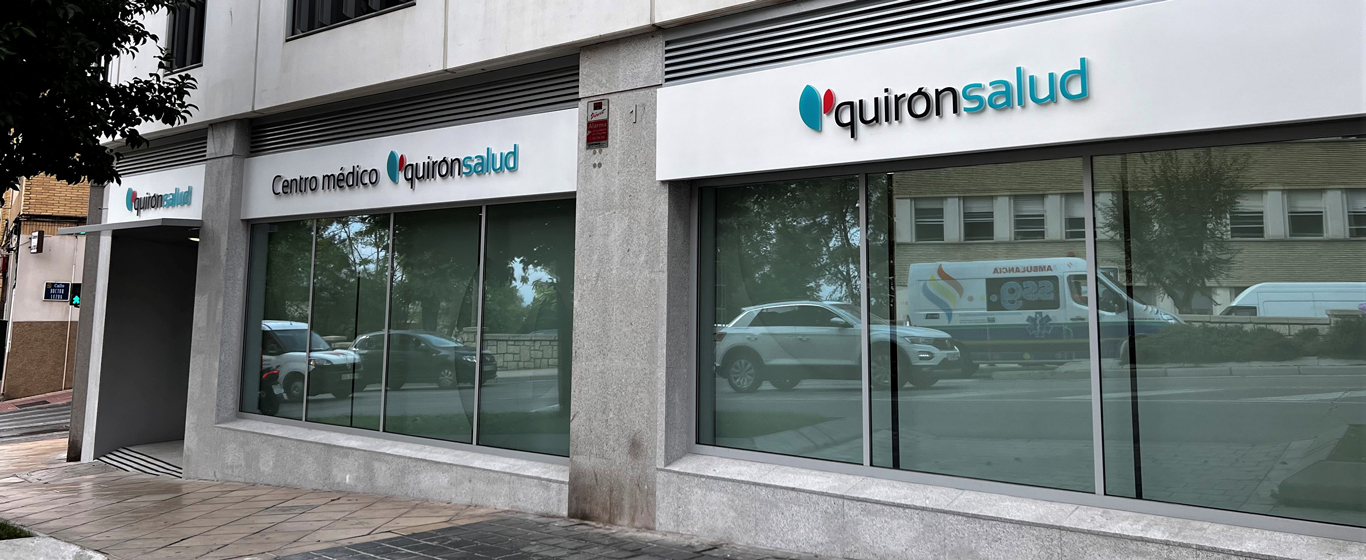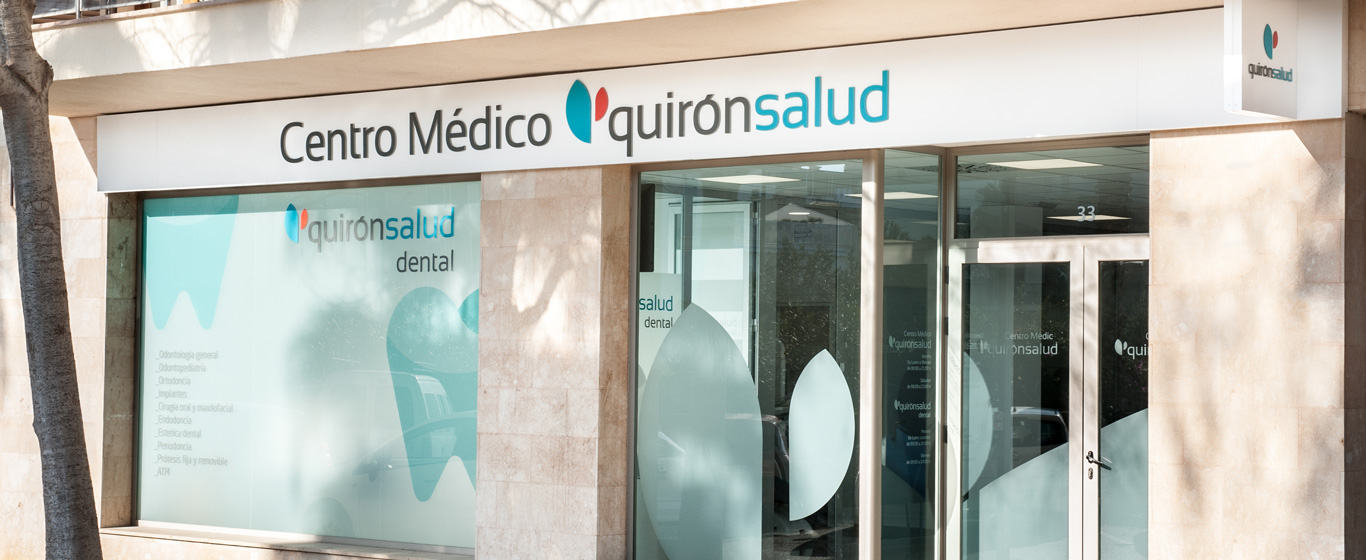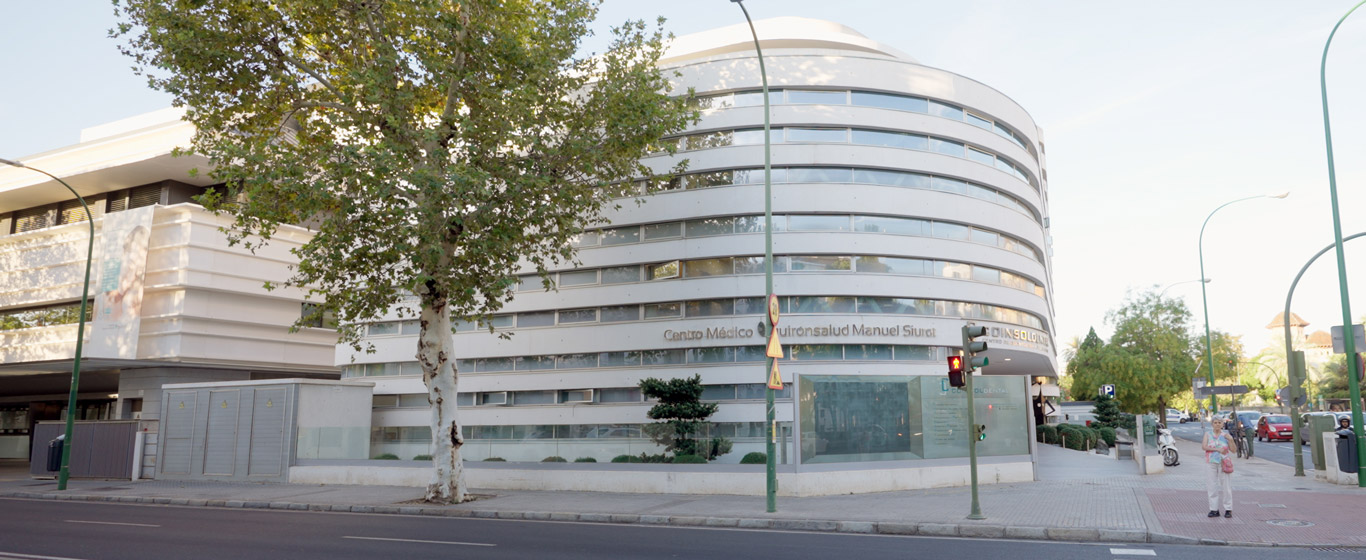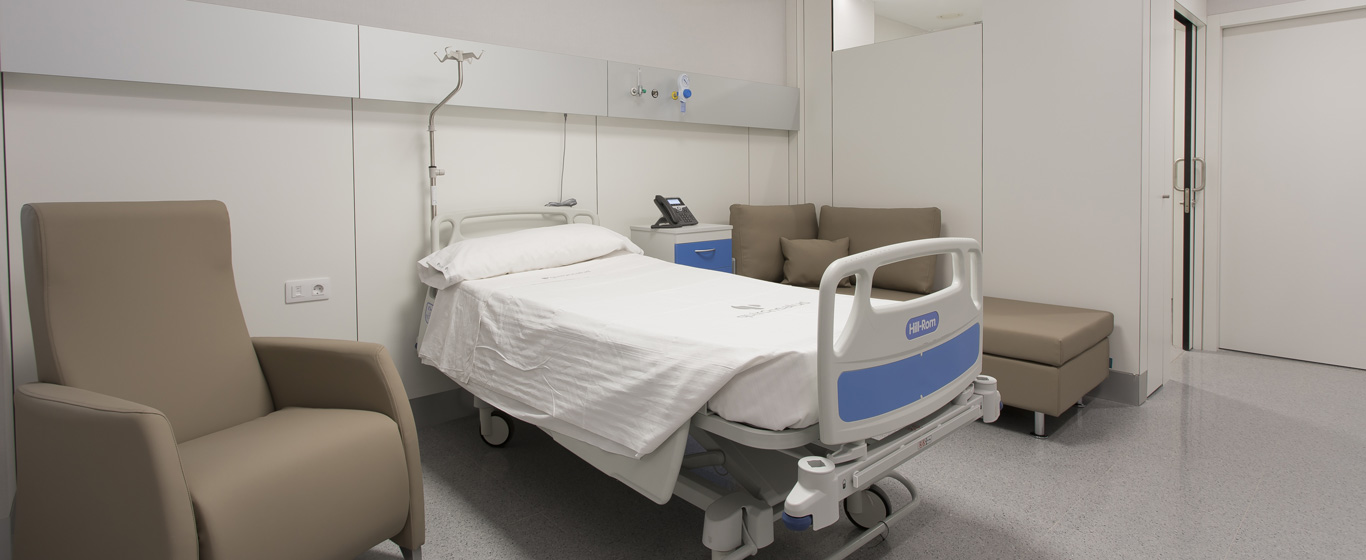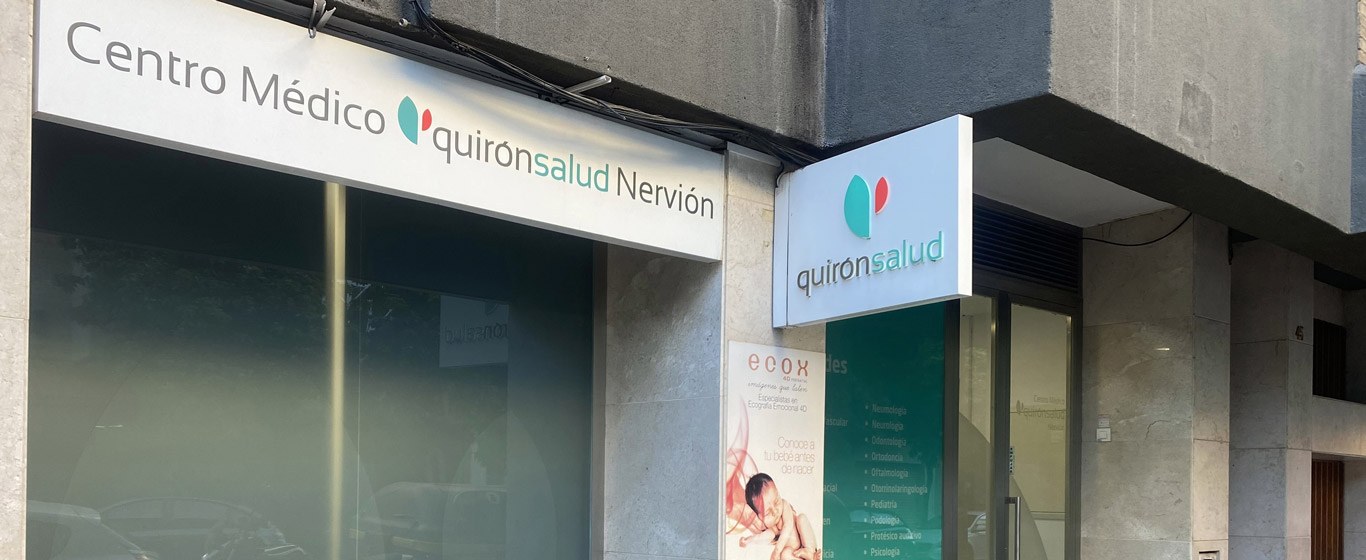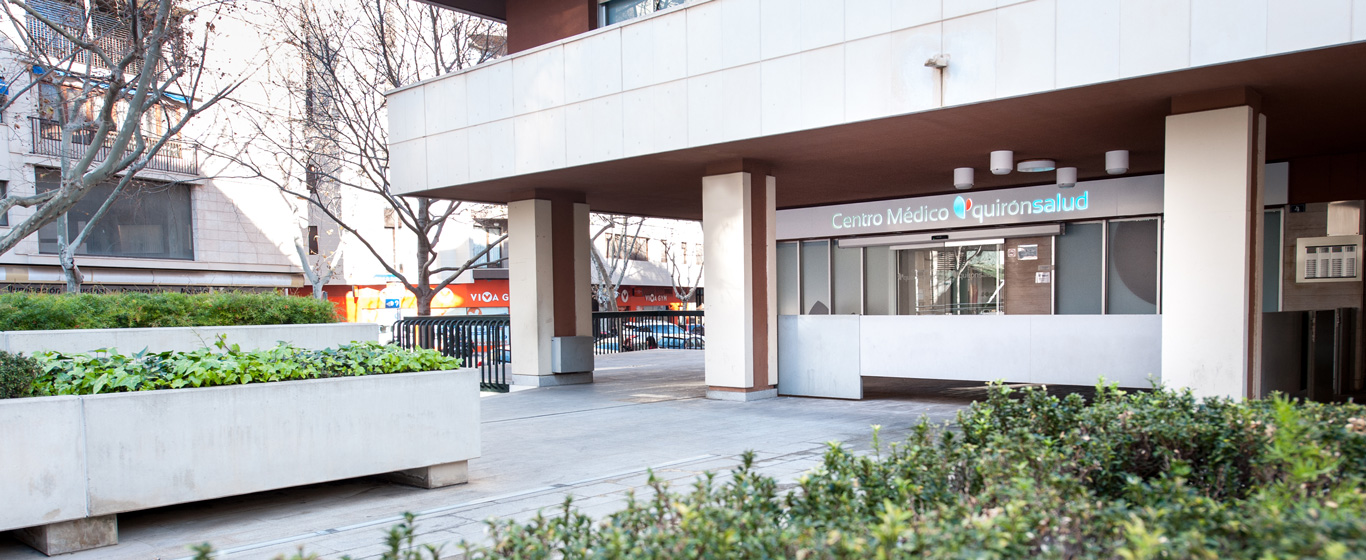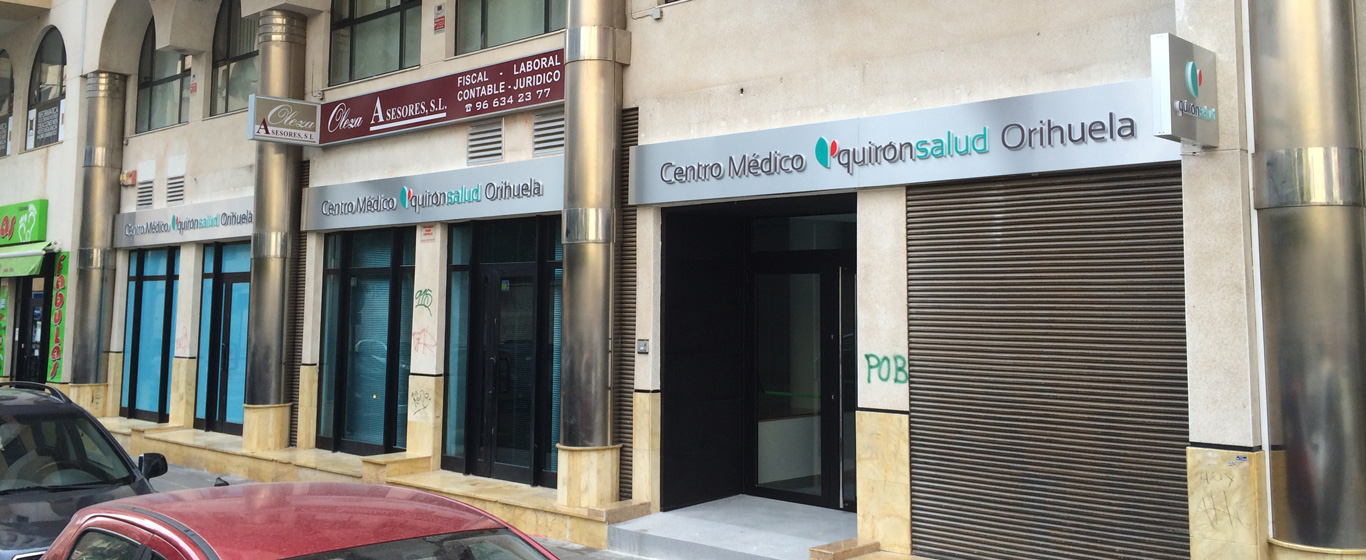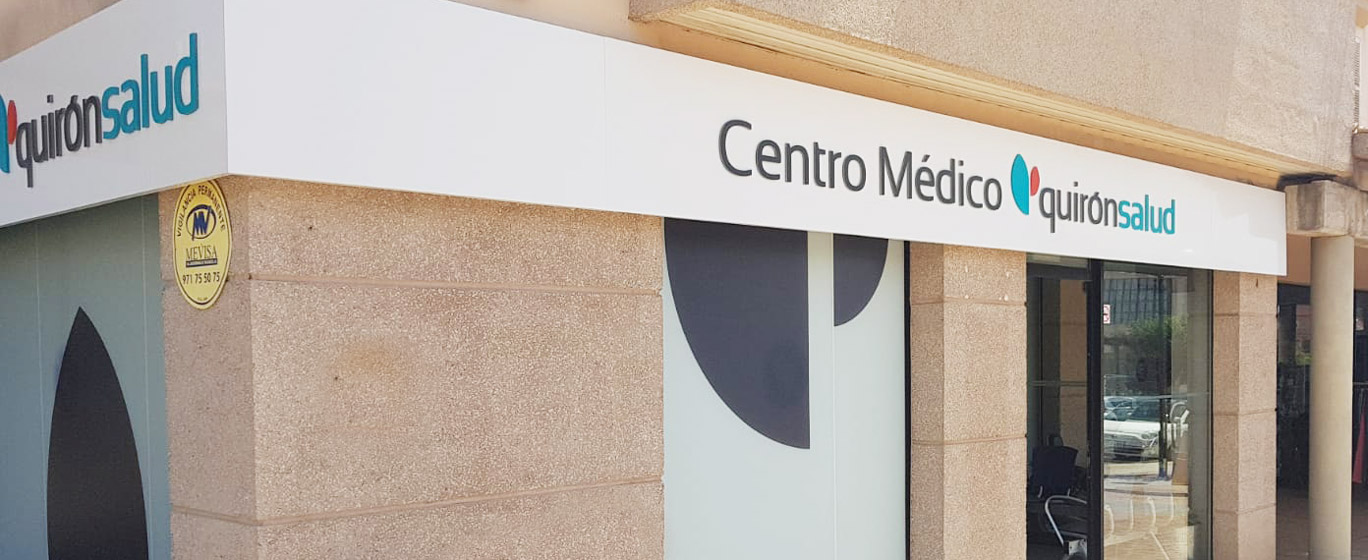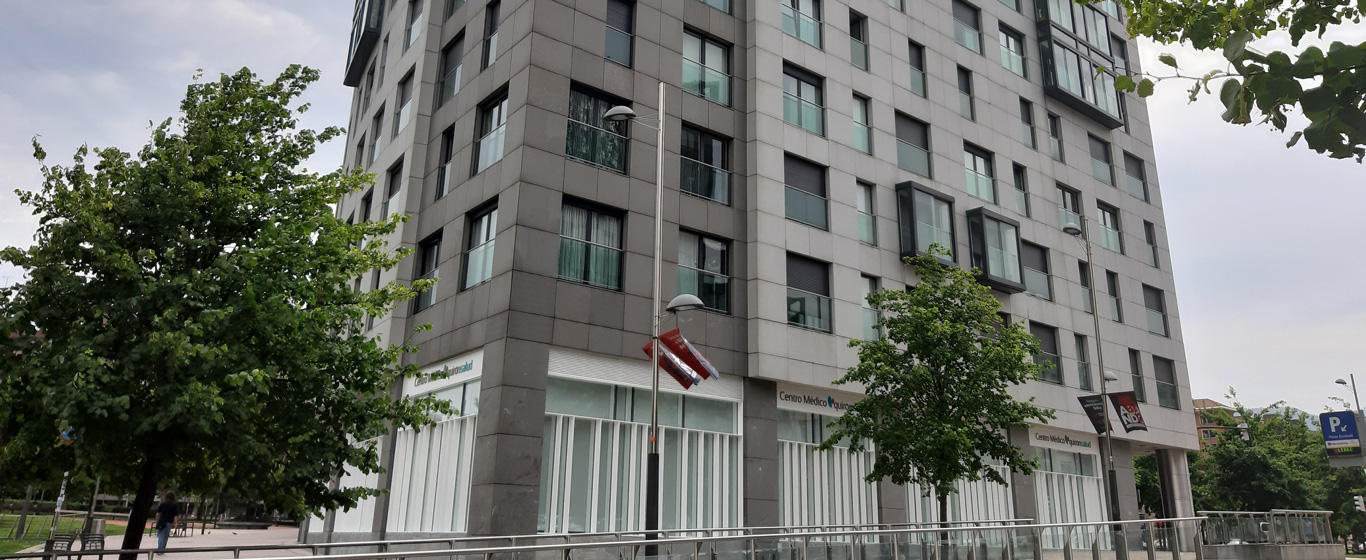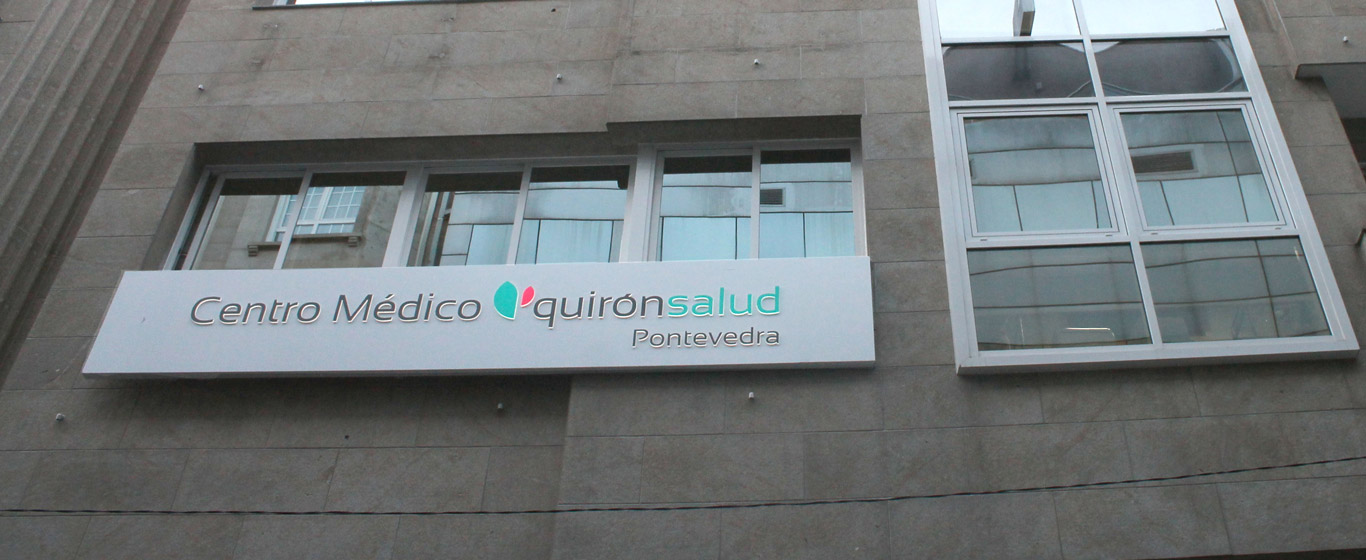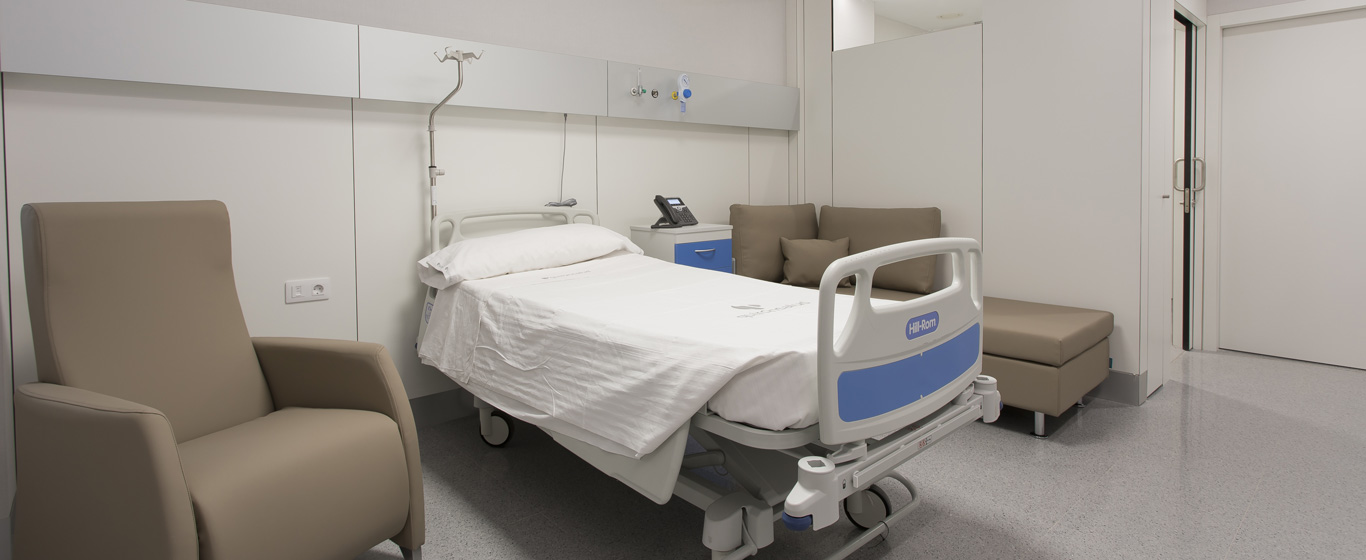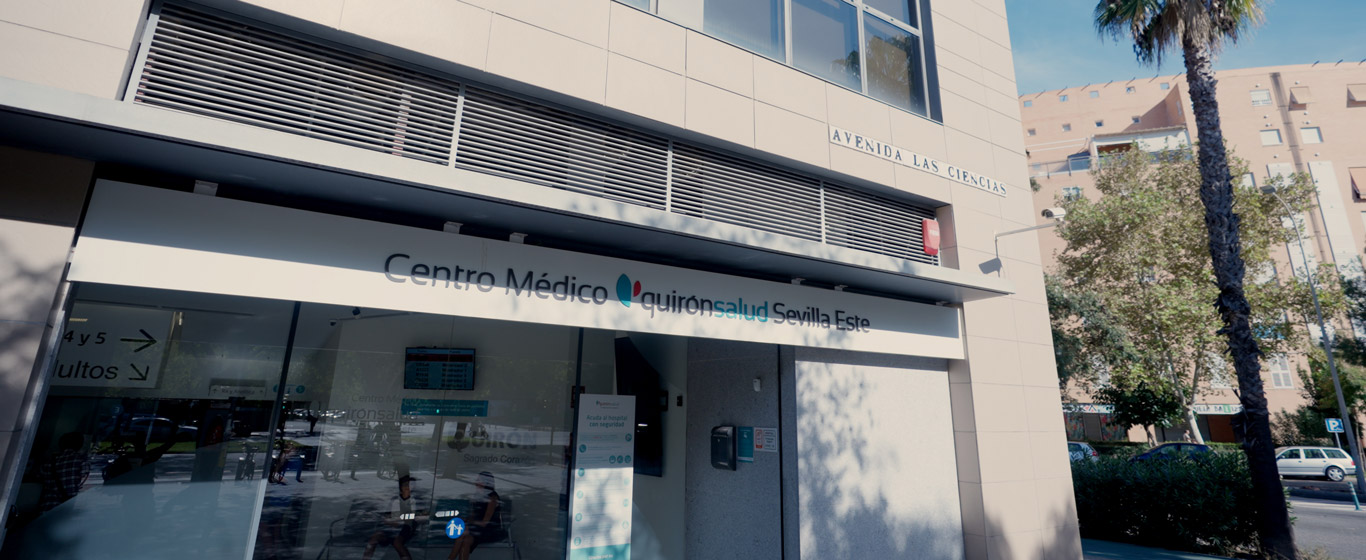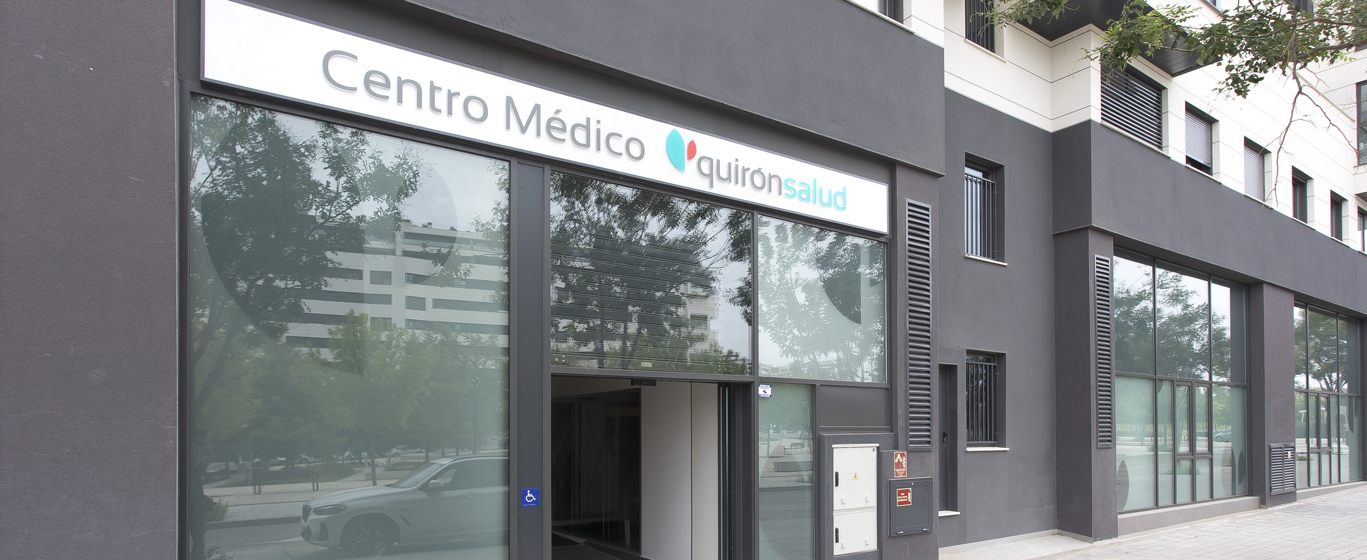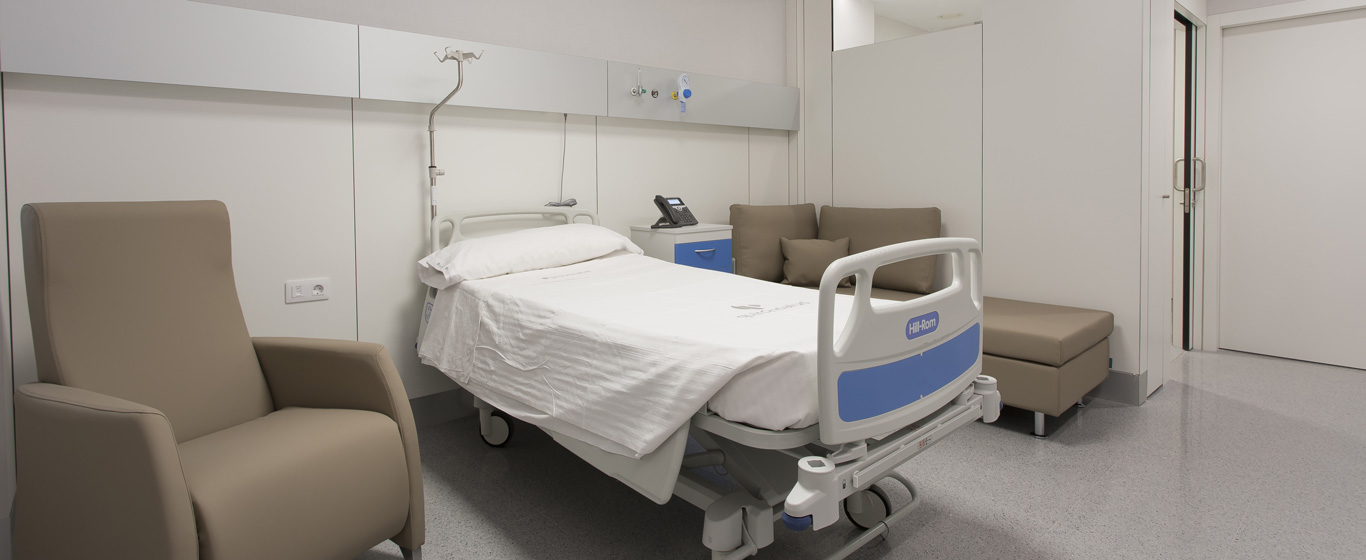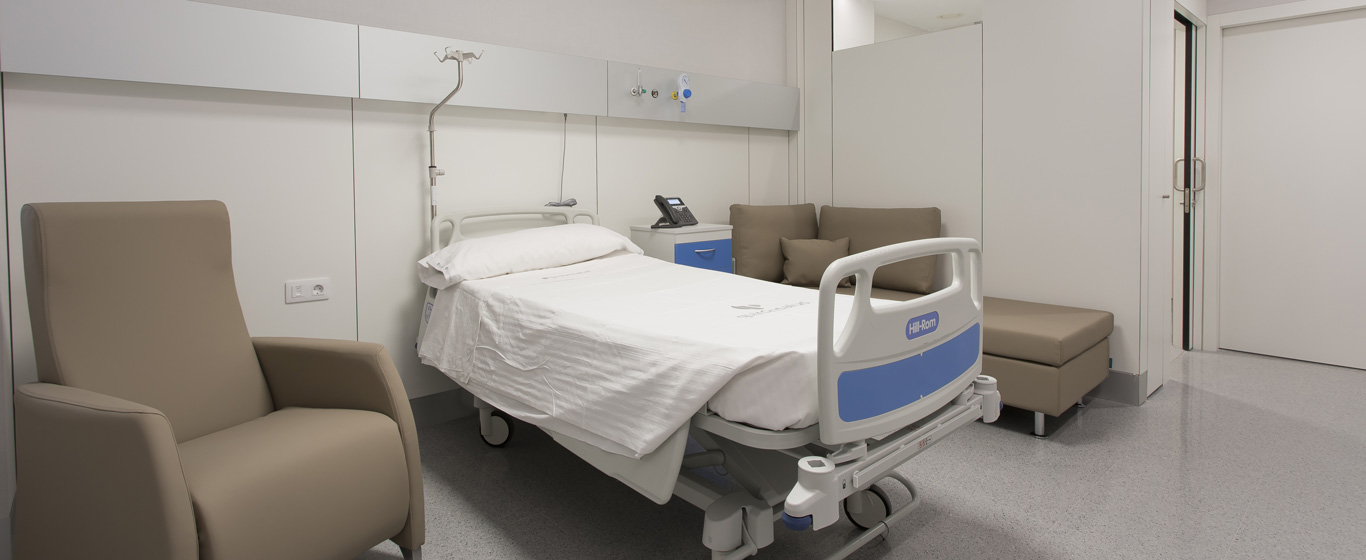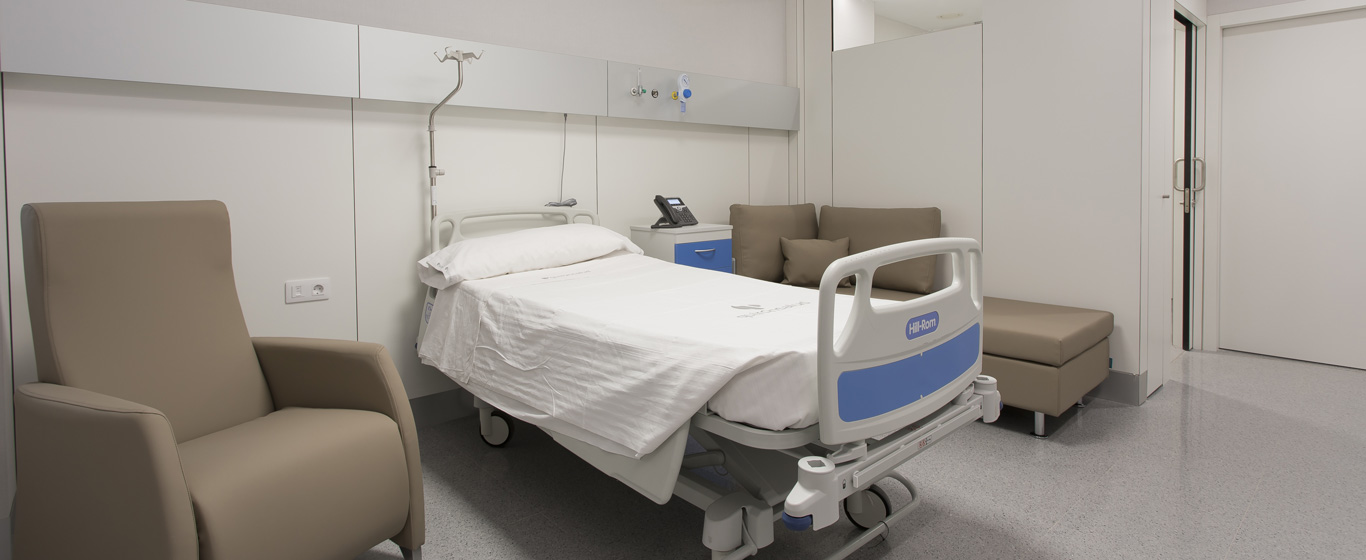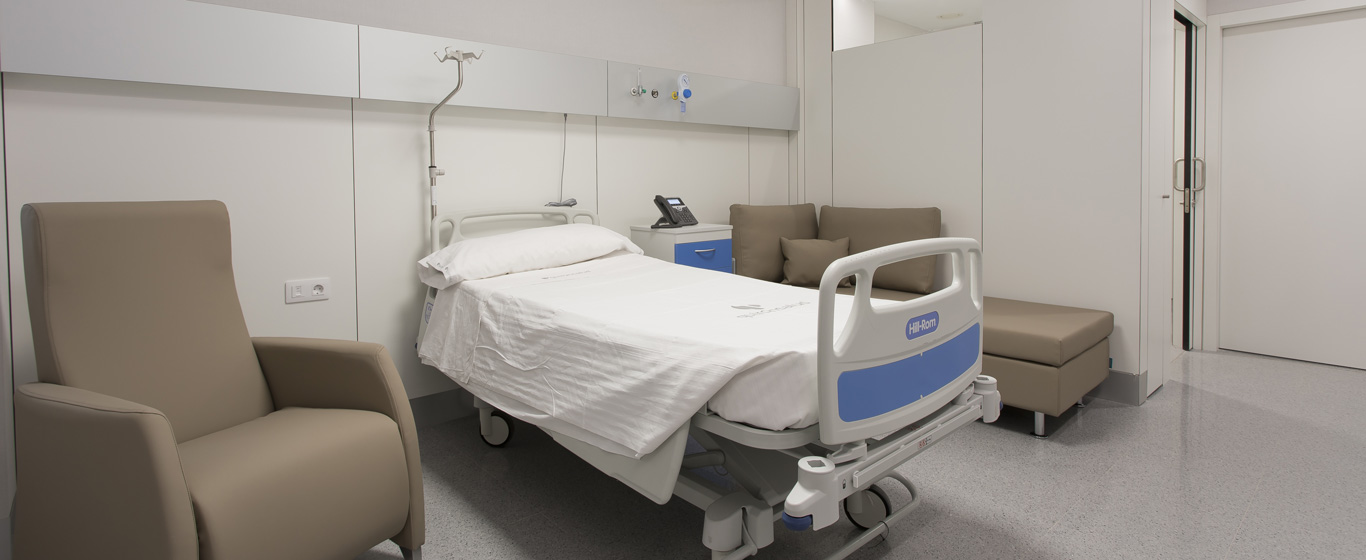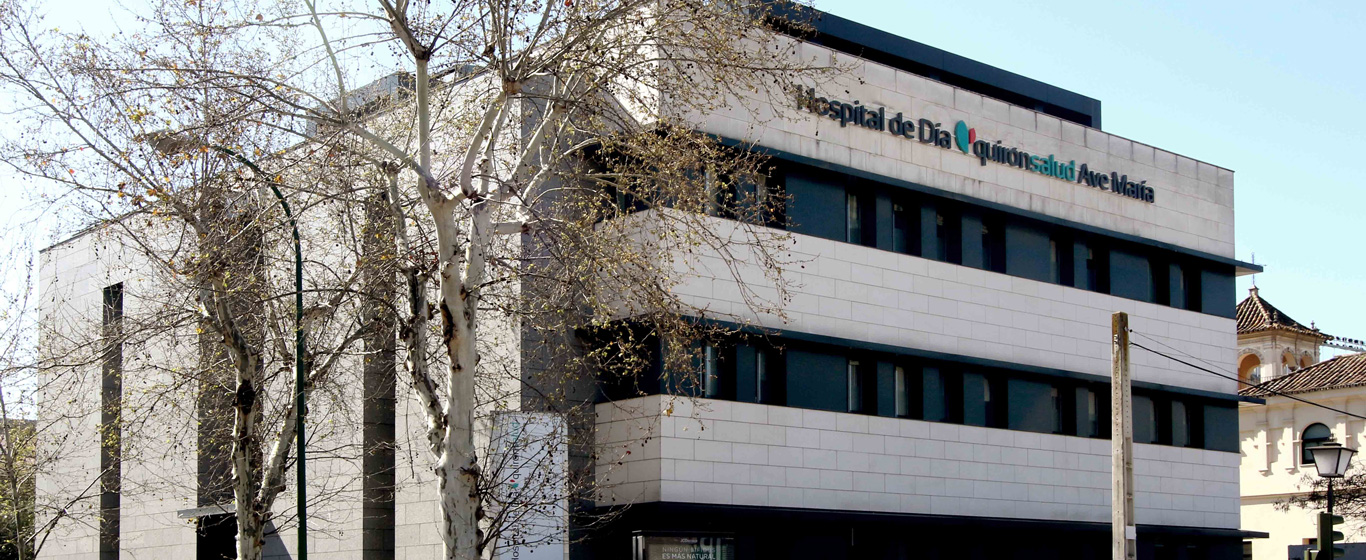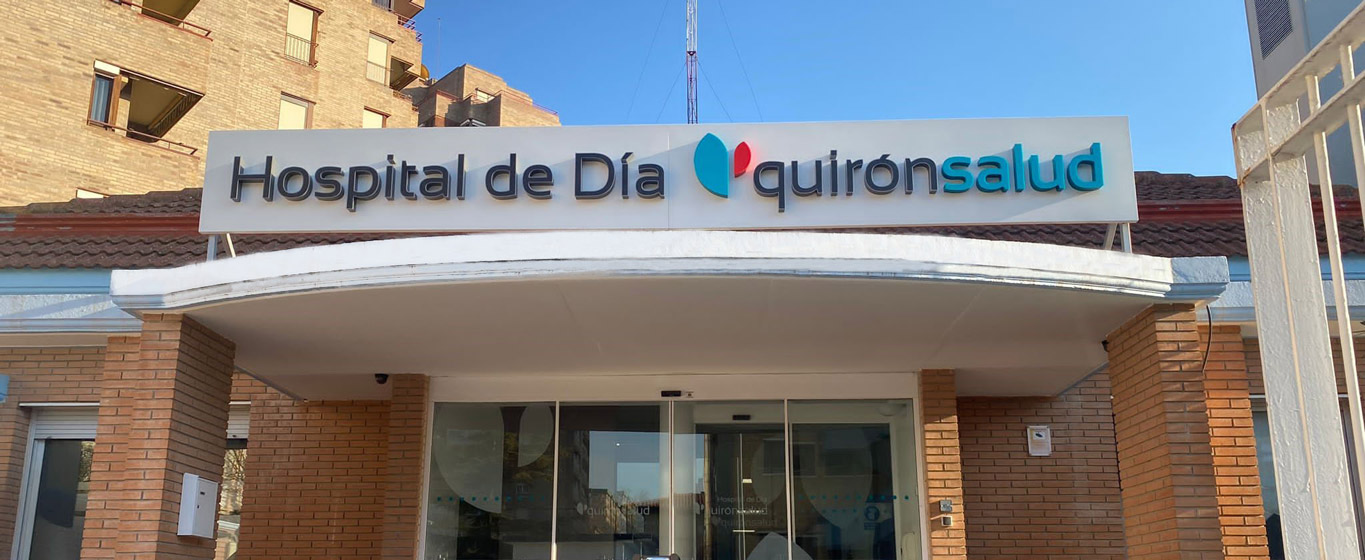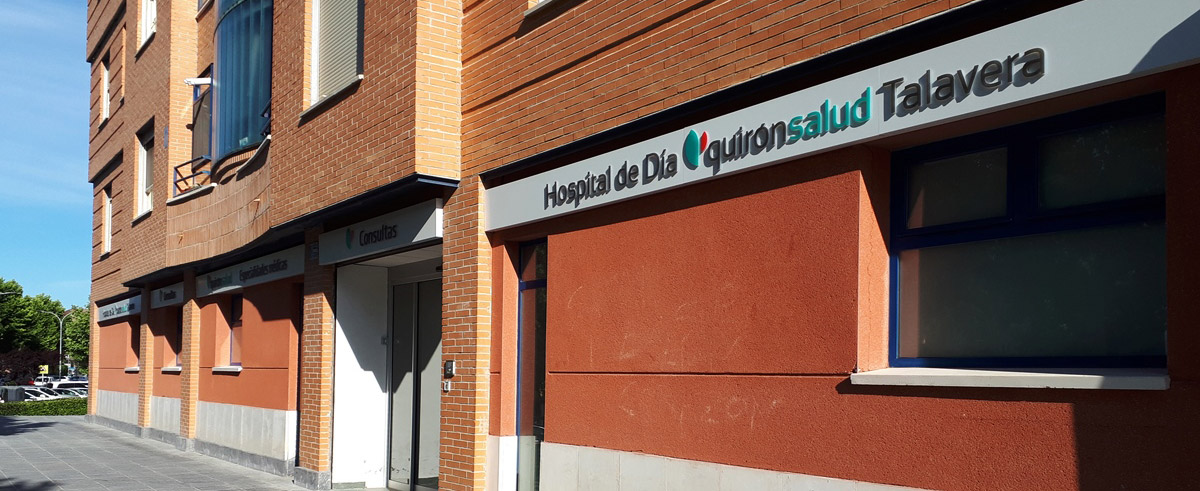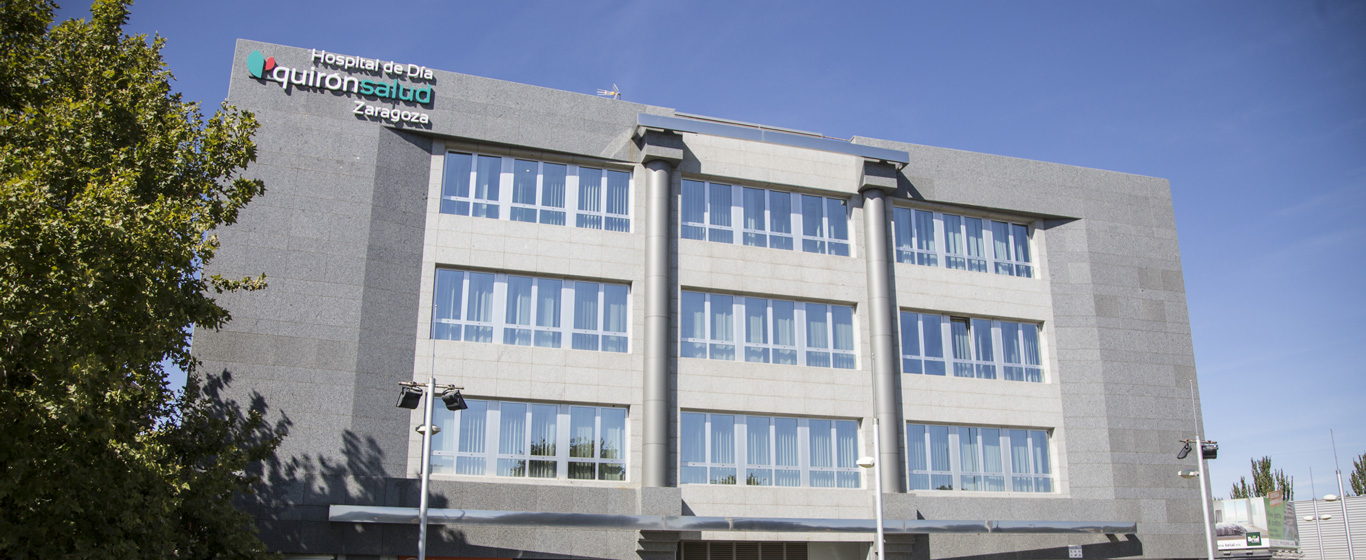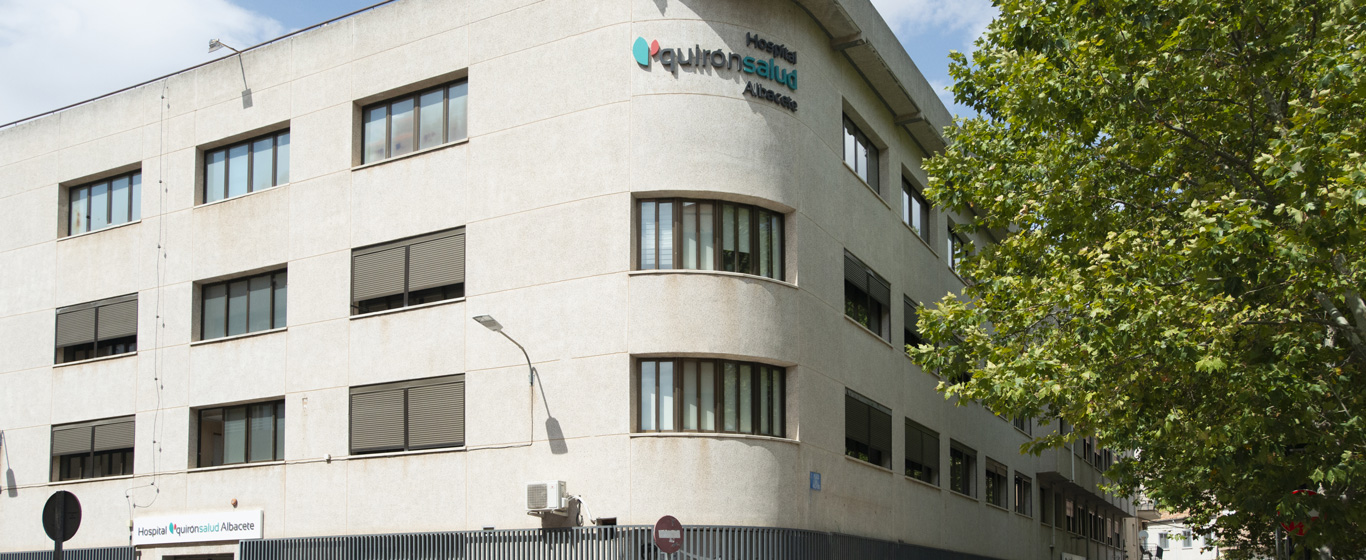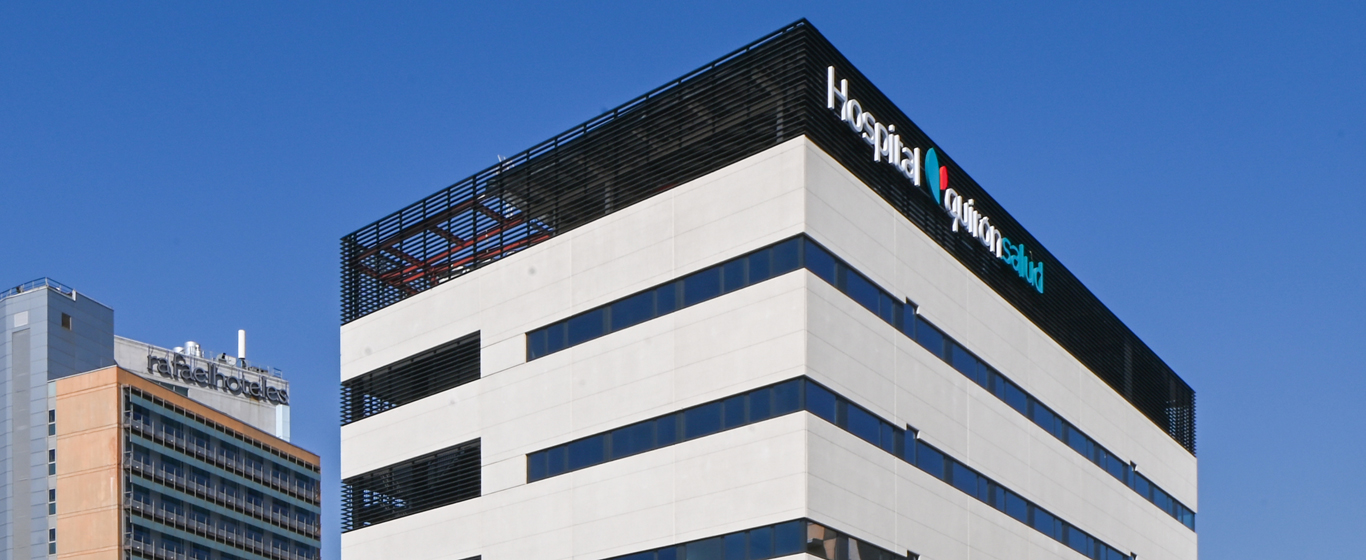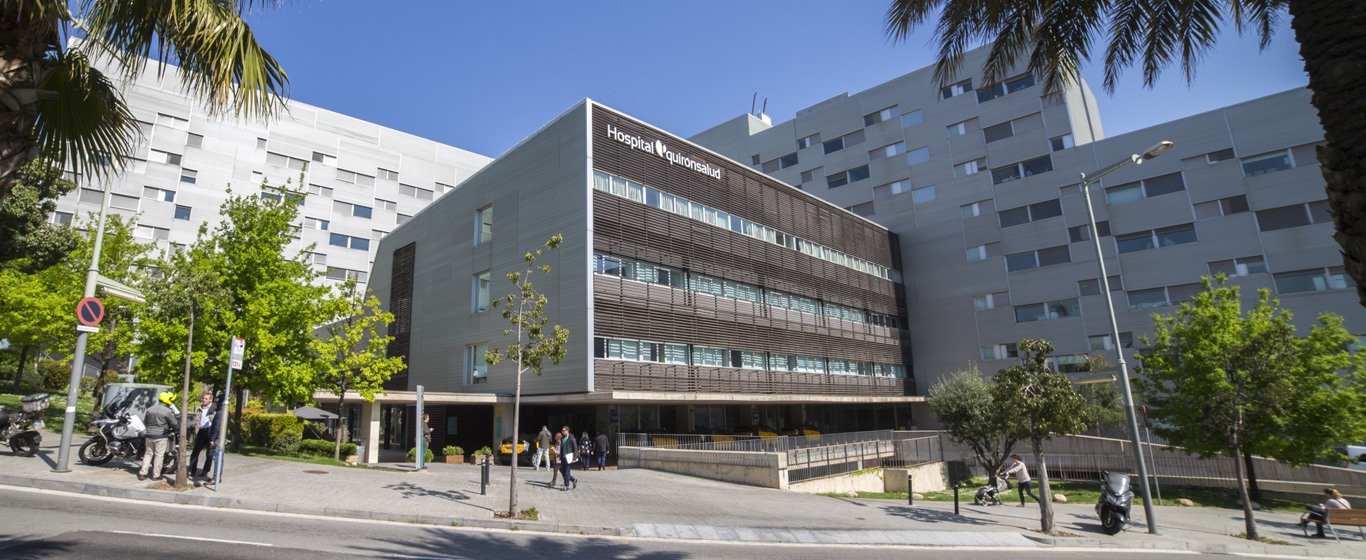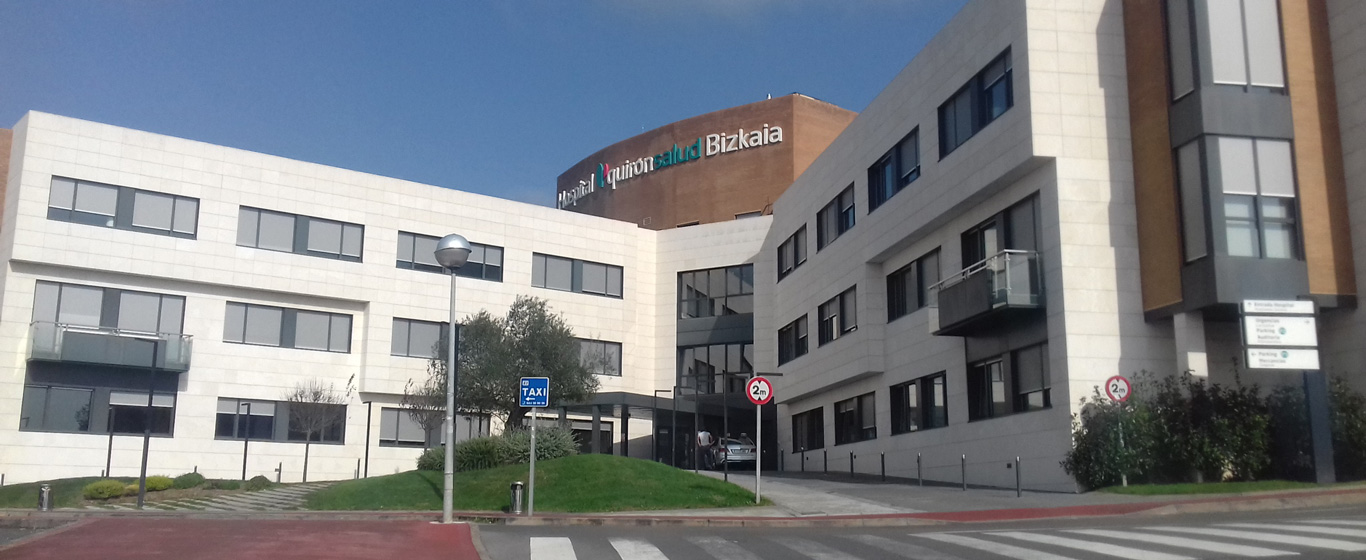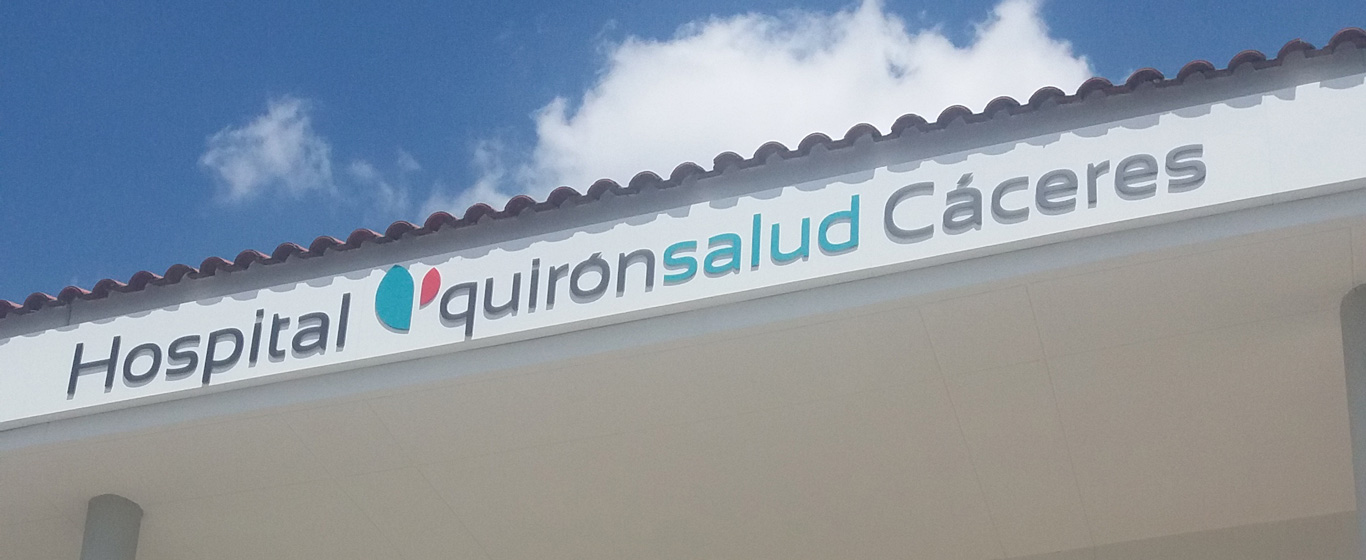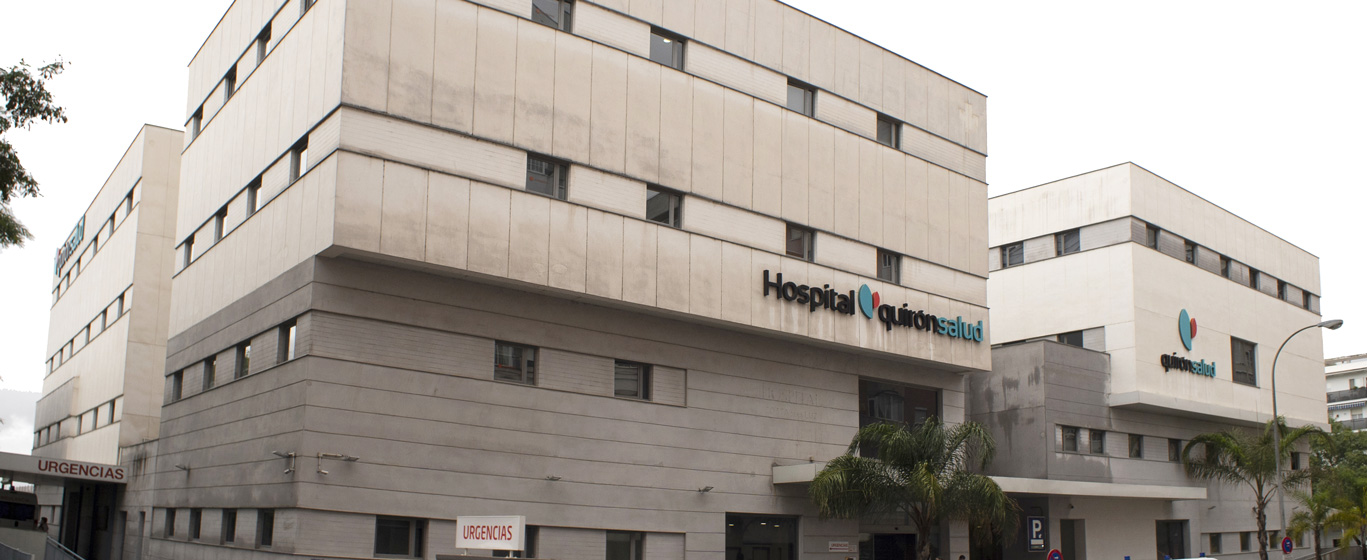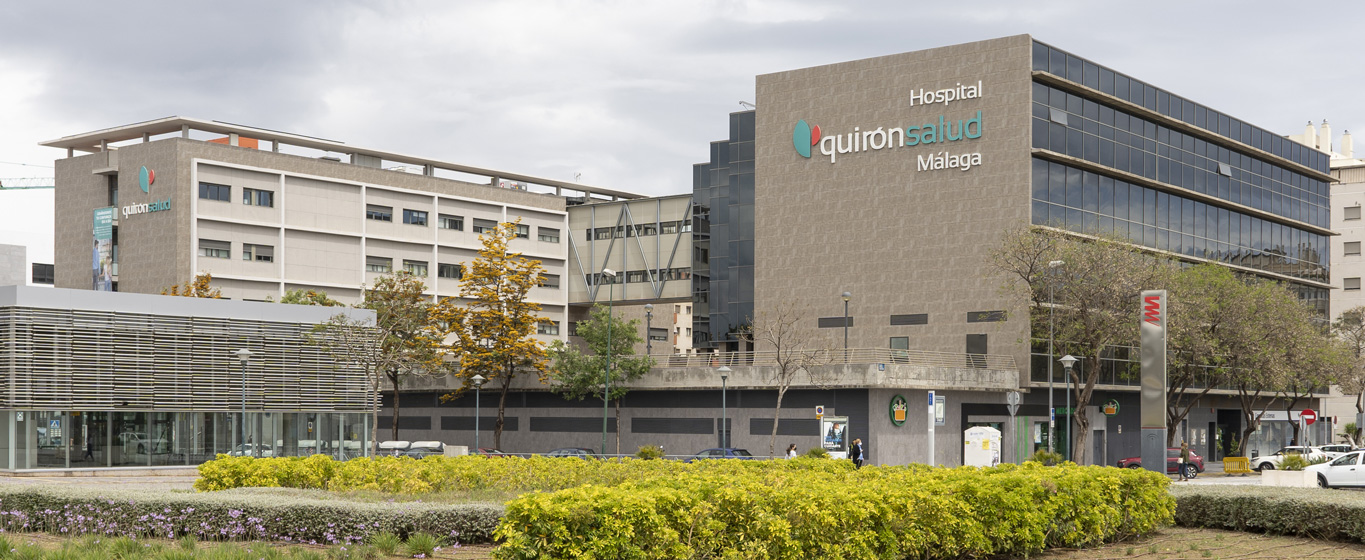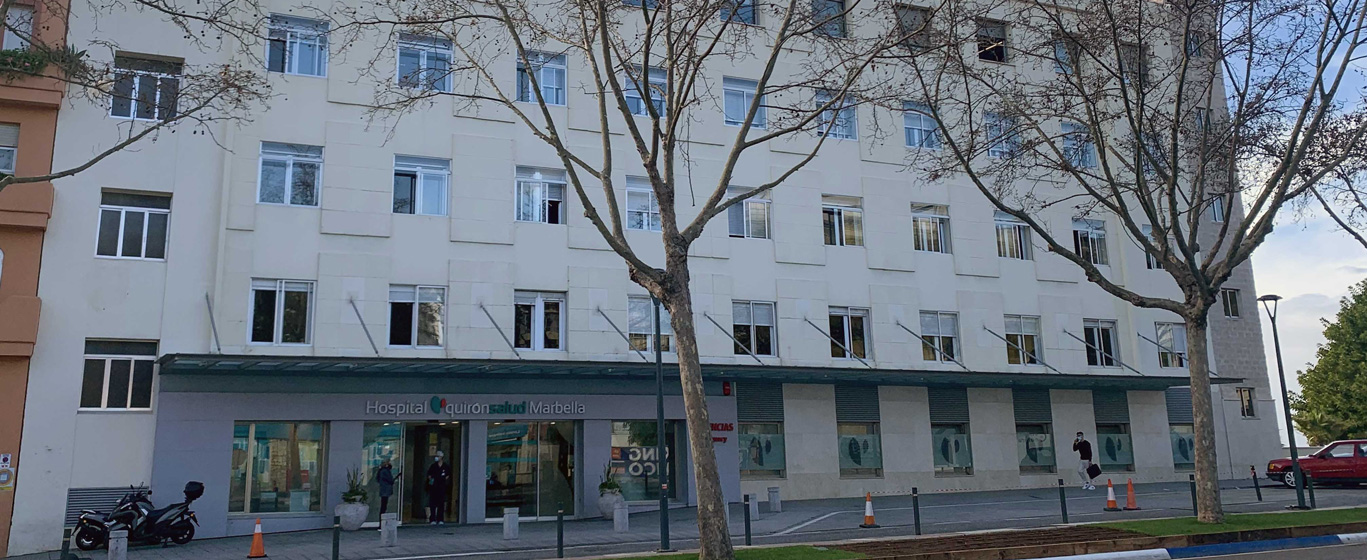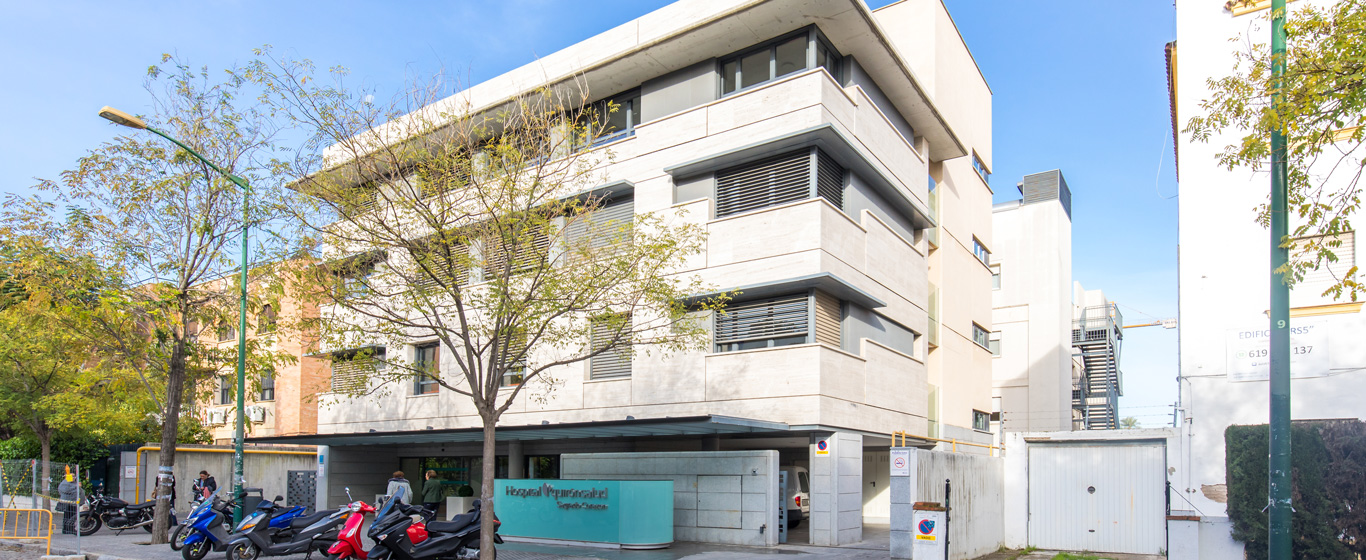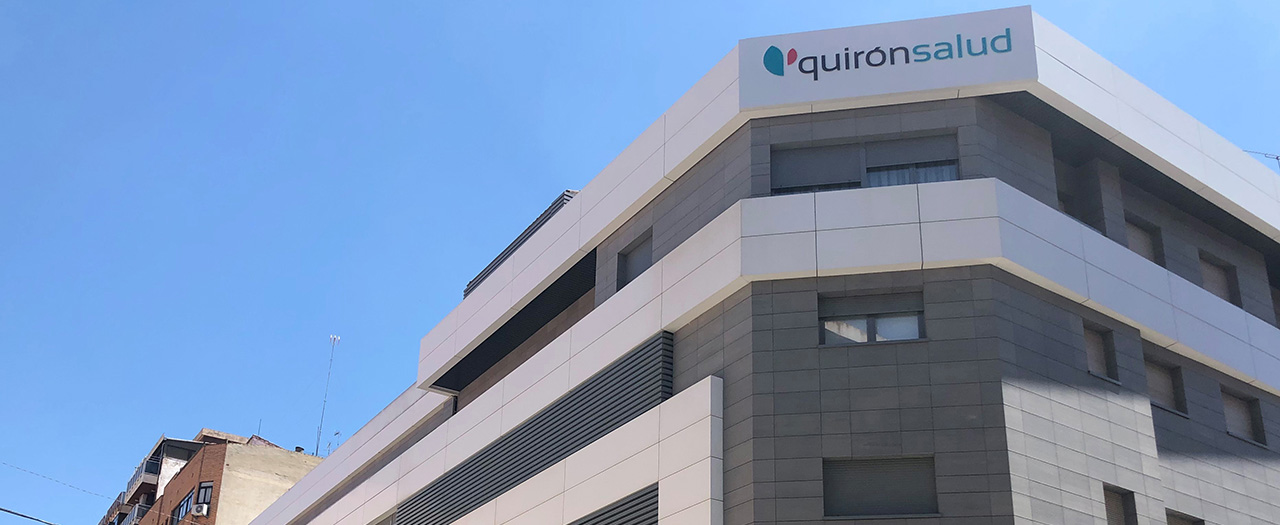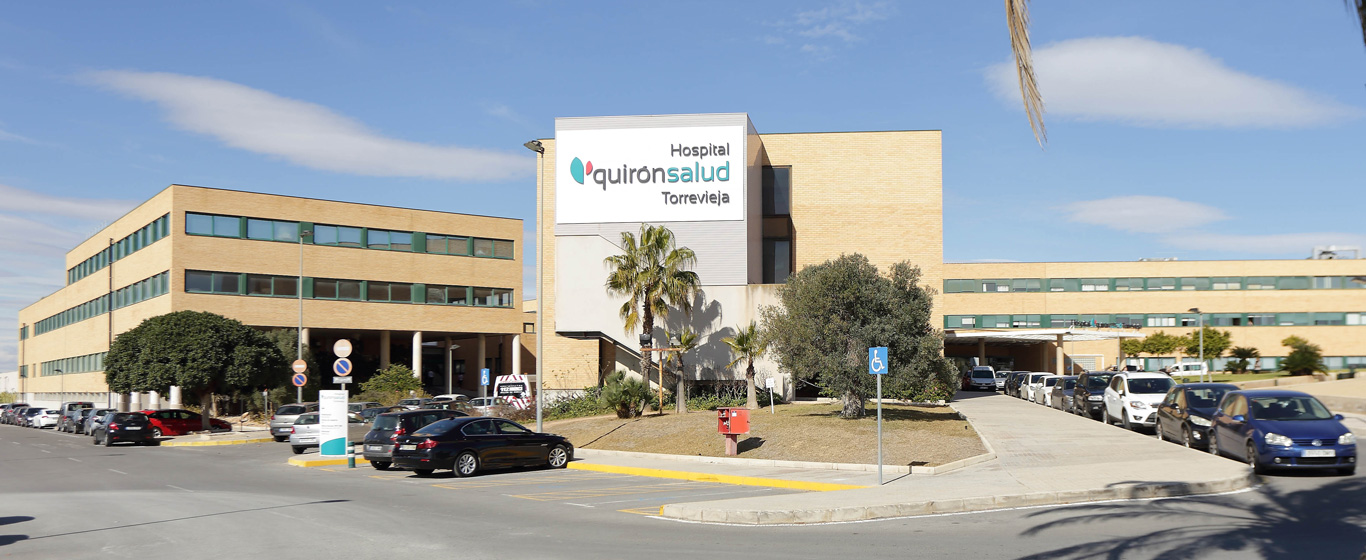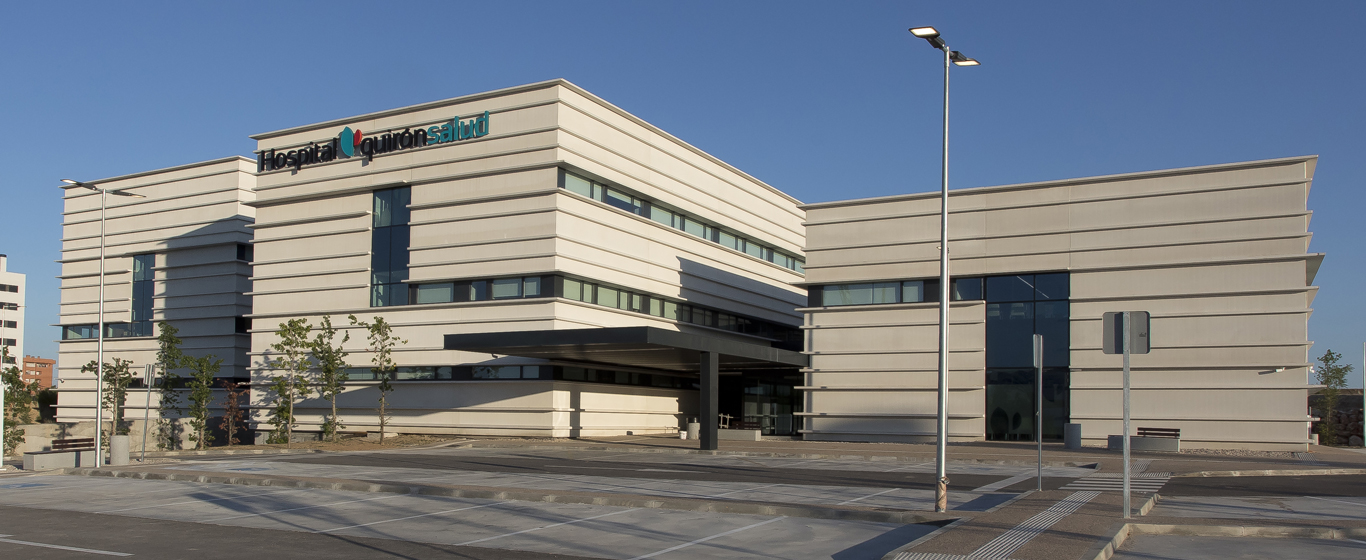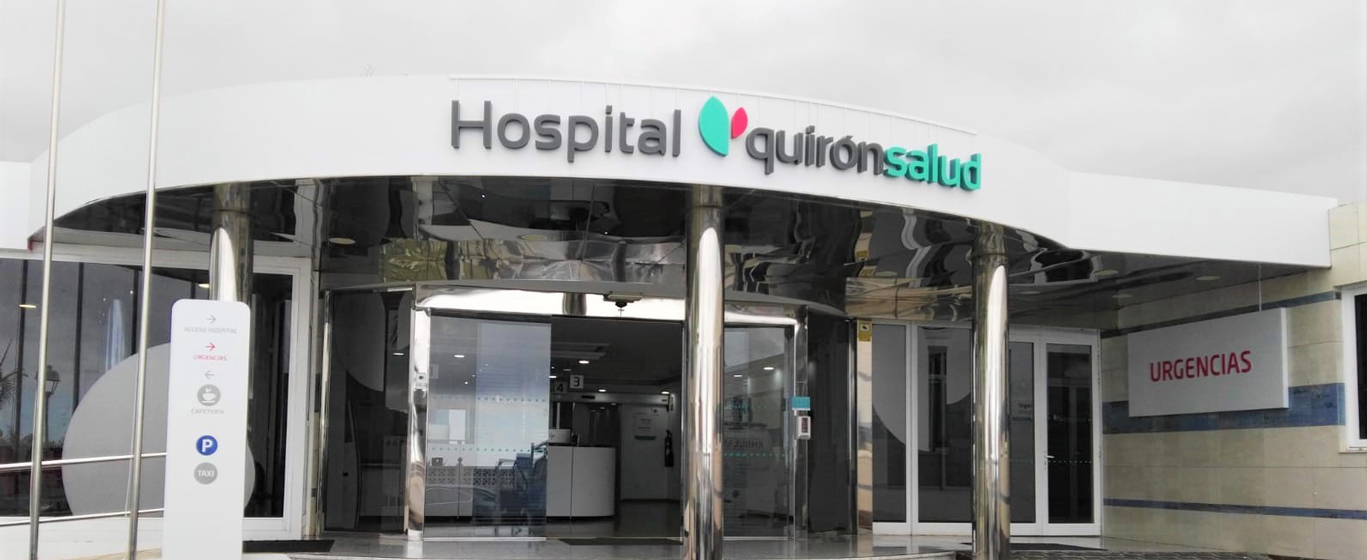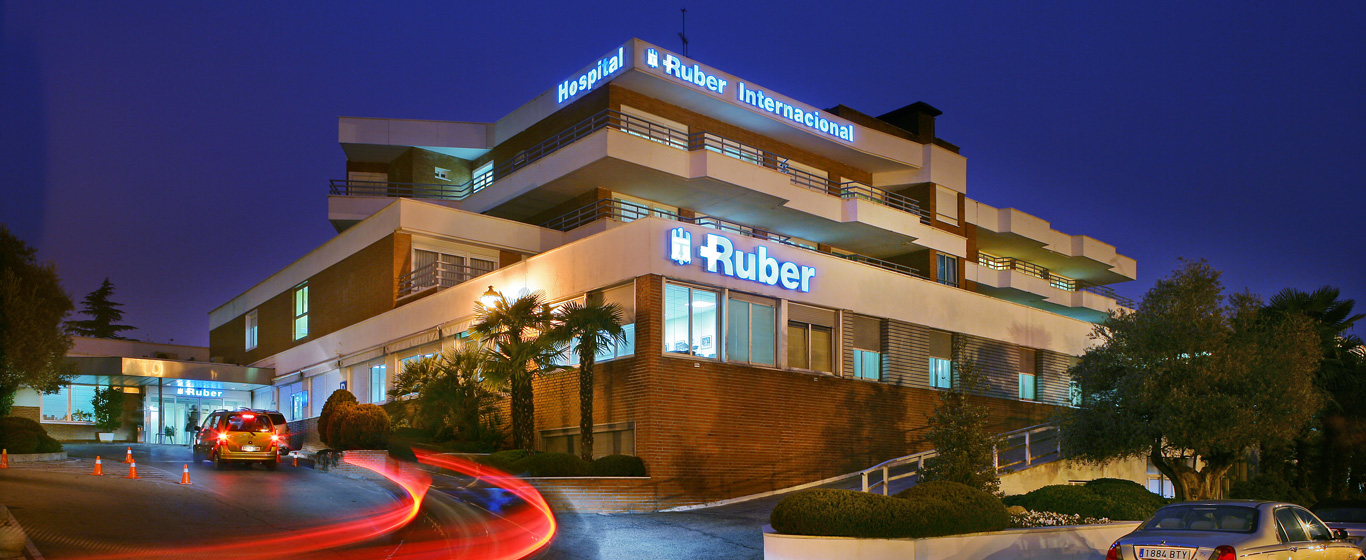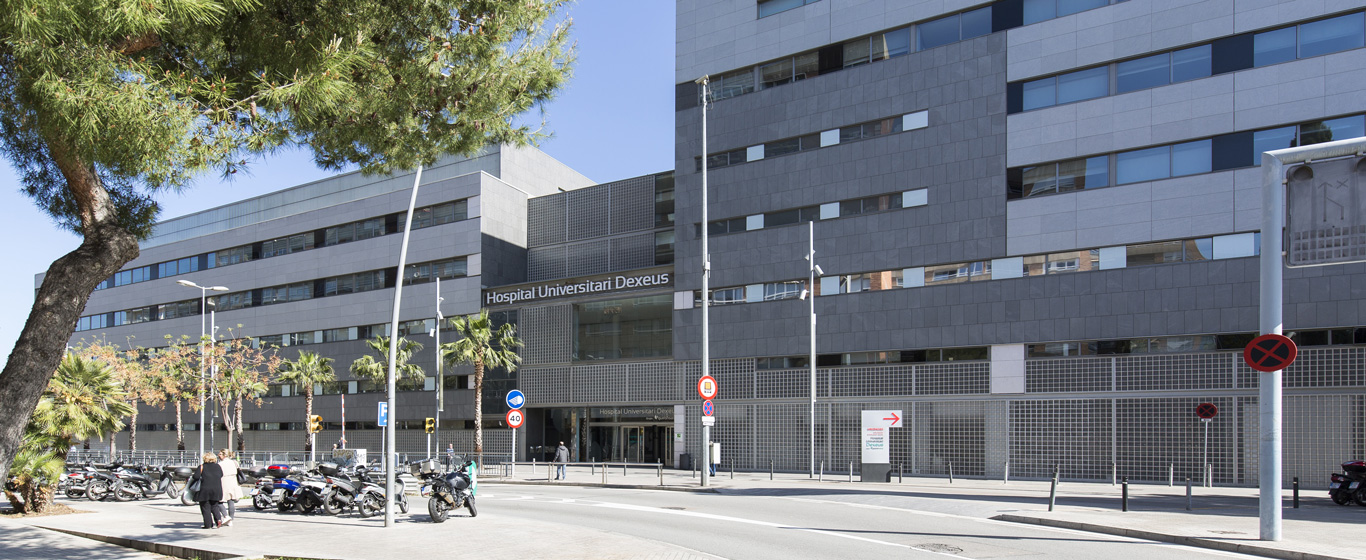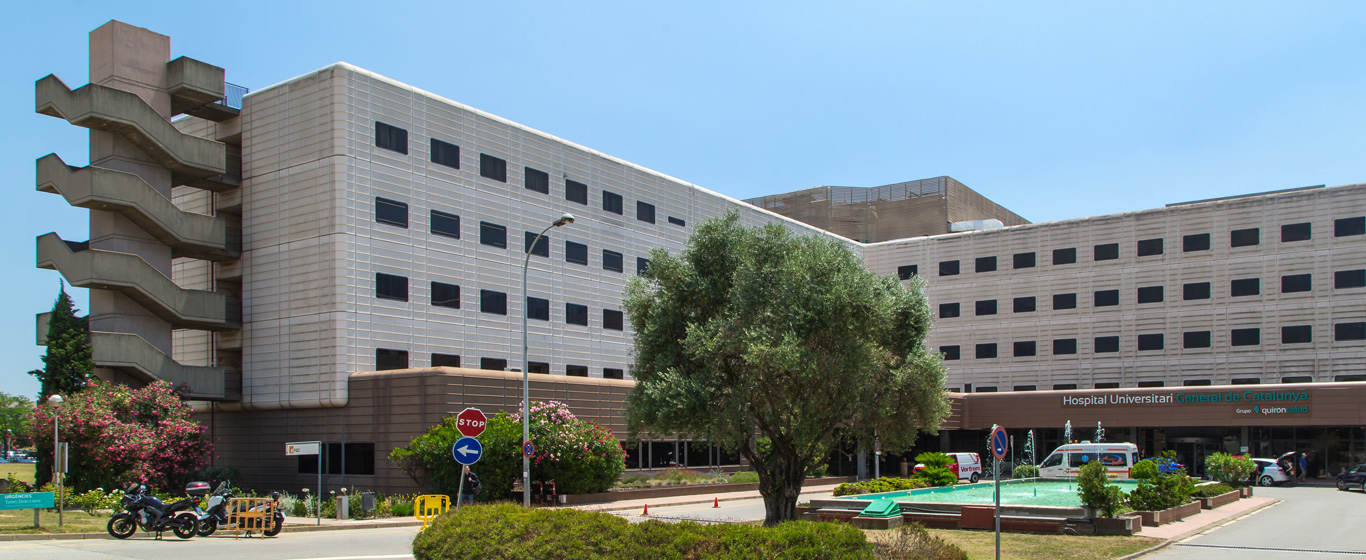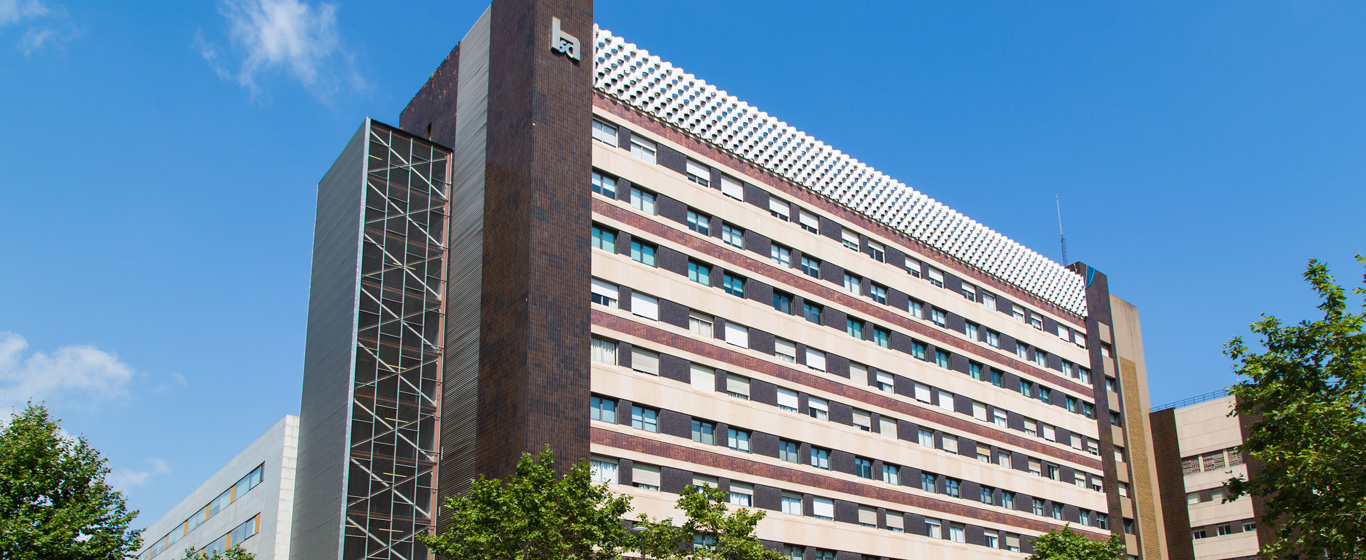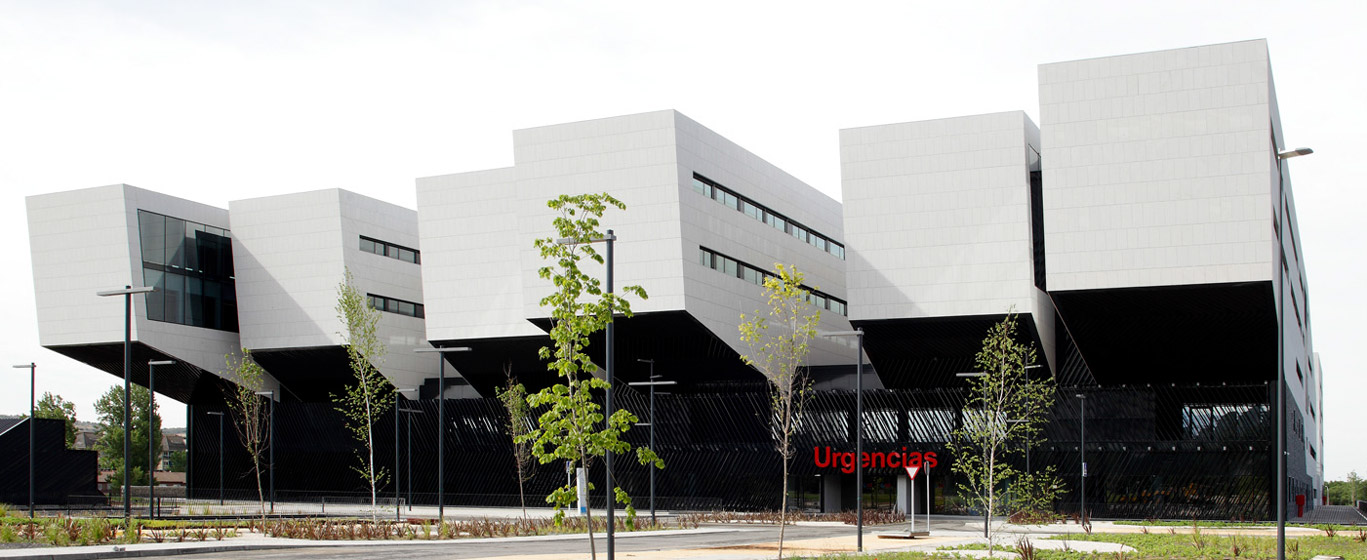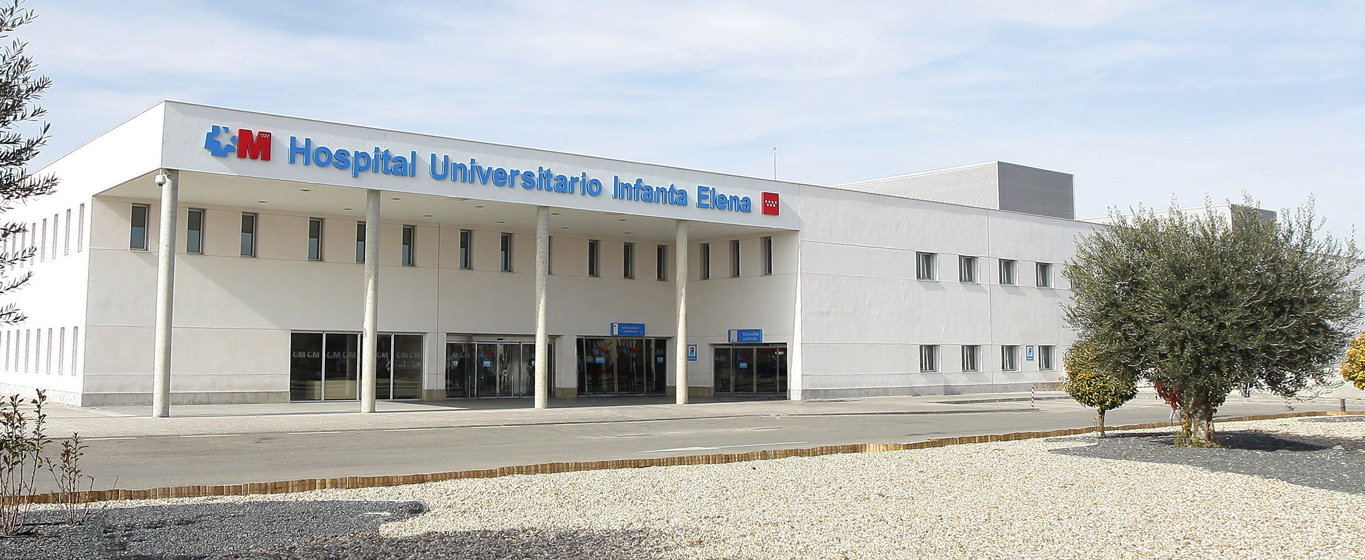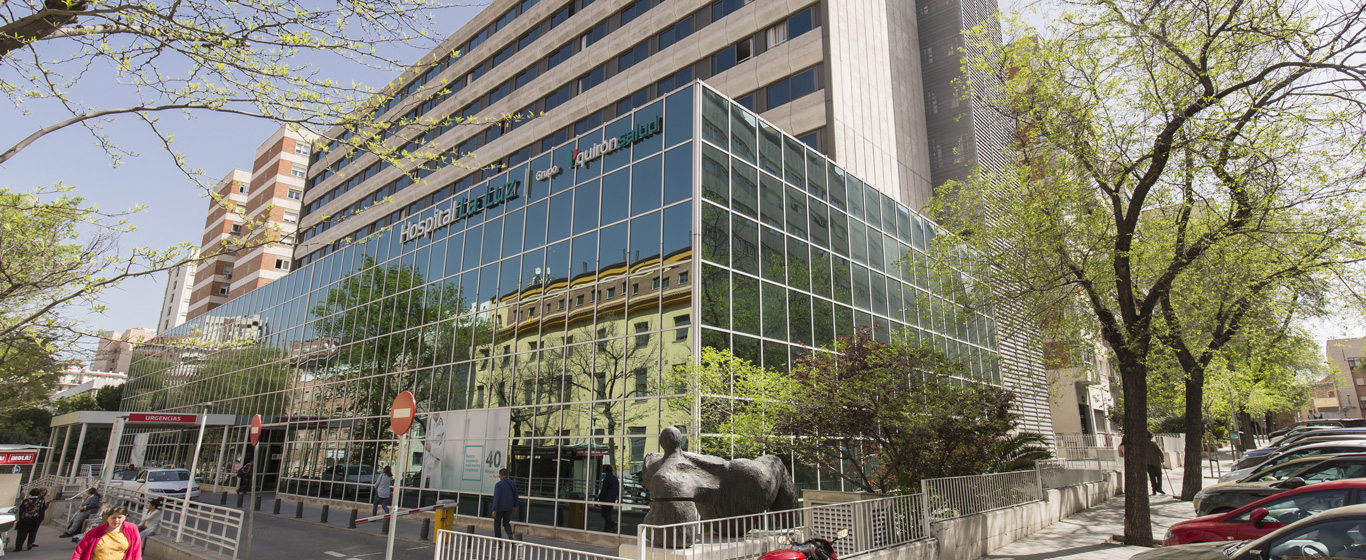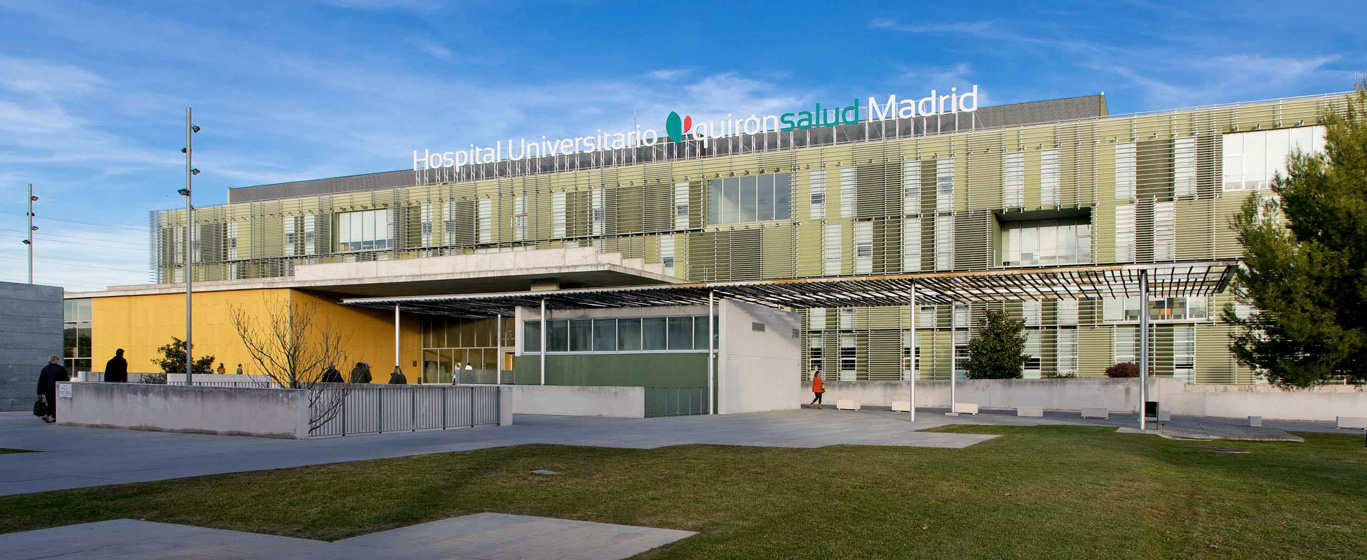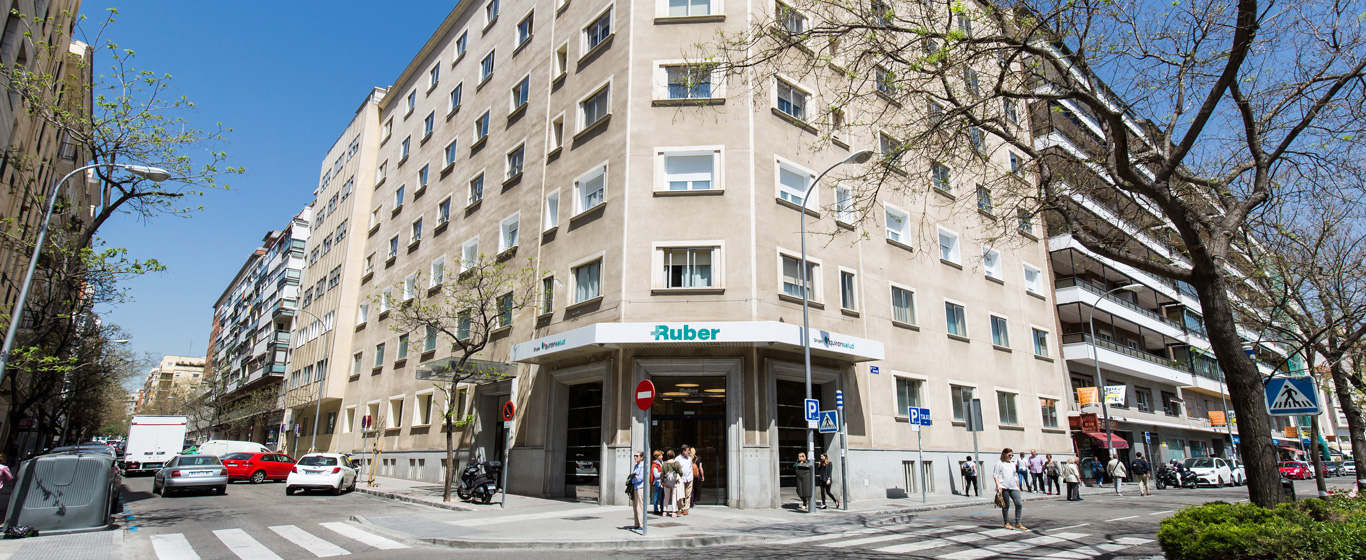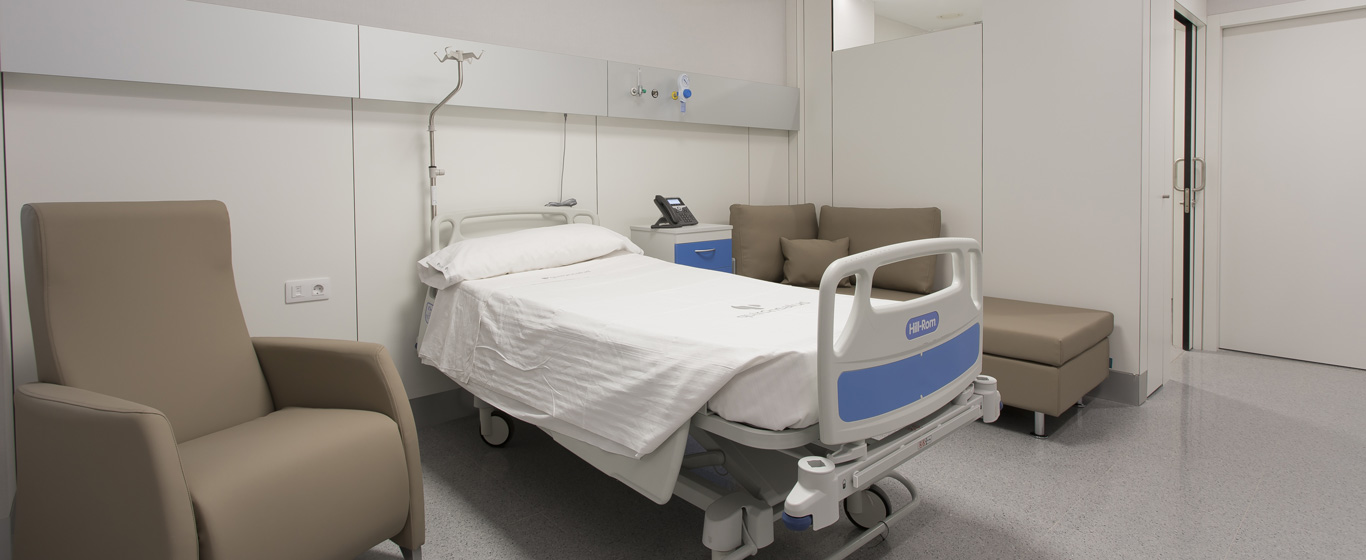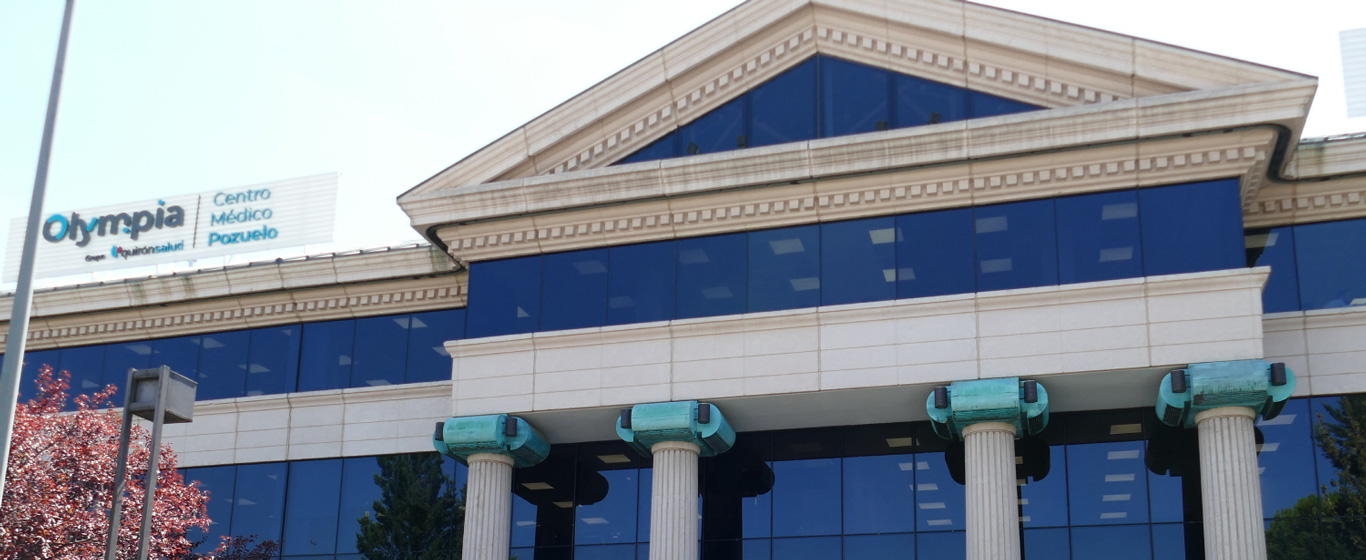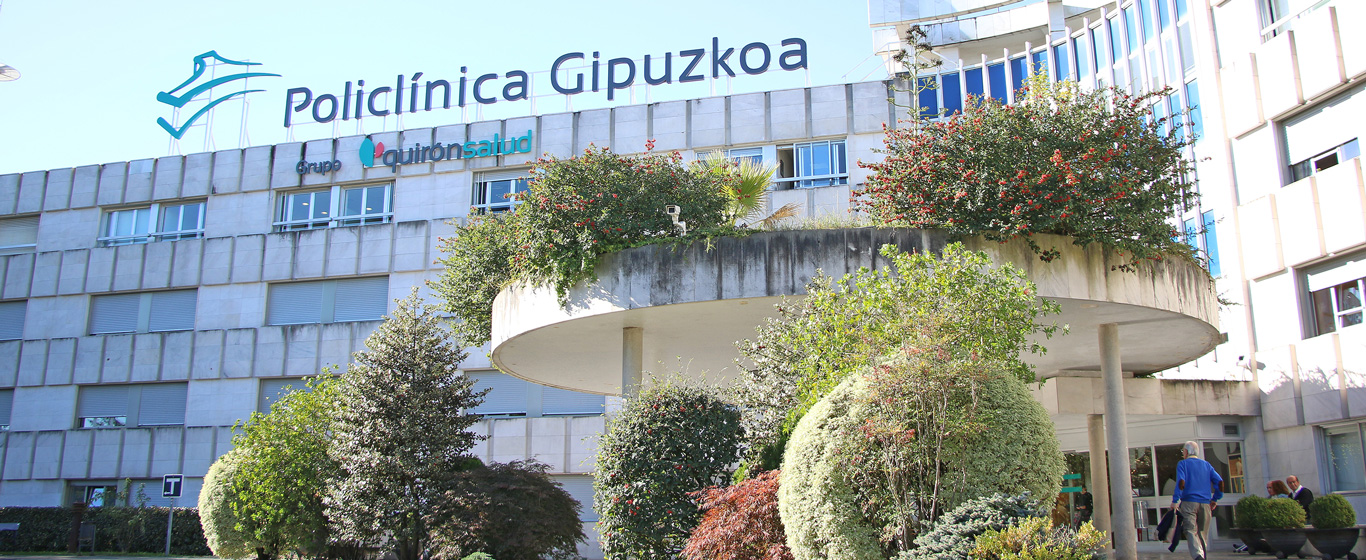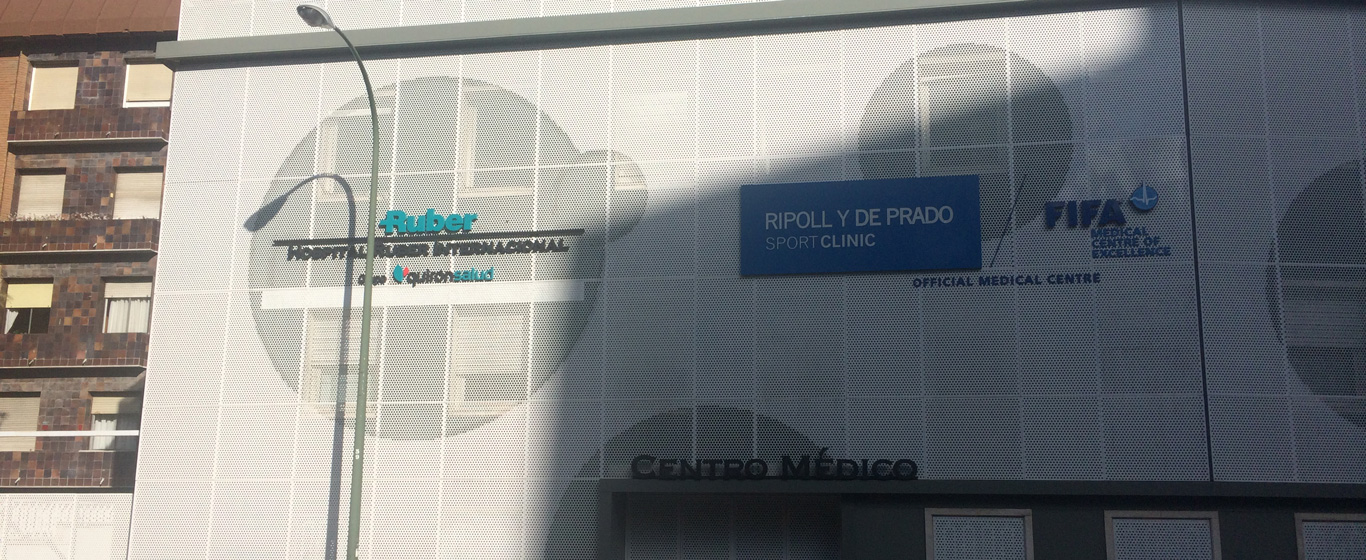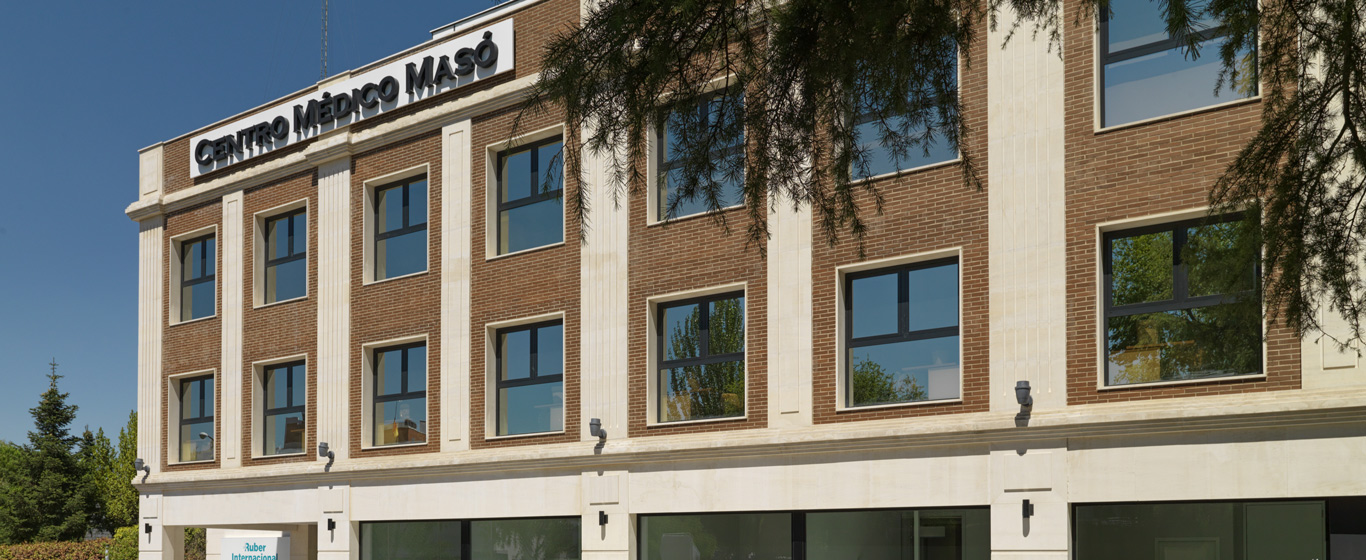Epicondylitis or Tennis Elbow
Can epicondylitis be cured without rest? Information about the causes, symptoms, and the most effective way to treat tennis or golfer's elbow.
Symptoms and Causes
Epicondylitis is caused by overload or tissue damage in the elbow tendons that results in pain. This condition is popularly known as "tennis elbow" or "golfer's elbow" because it results from repetitive arm and wrist movements, similar to those performed in these sports.
Considering the movement that causes the disease, we can talk about two types of epicondylitis:
- Lateral epicondylitis or tennis elbow: Affects the tendons of the forearm muscles, especially the extensor carpi radialis brevis. It is caused by repetitive wrist extension.
- Medial epicondylitis, epitrochleitis, or golfer's elbow: Affects the inner part of the elbow, especially the tendons of the pronator teres, flexor carpi radialis, palmaris longus, and flexor carpi ulnaris. It occurs due to excessive wrist flexion.
Epicondylitis is not a serious condition and usually heals on its own with rest.
Symptoms
The main symptom of epicondylitis is elbow pain, which can start at the joint and radiate to the wrist or forearm.
Causes
The cause of tennis elbow is excessive use, usually from repetitive movements, of the muscles and tendons in the arm that originate at the elbow.
Risk Factors
Engaging in certain sports or specific work activities increases the risk of developing epicondylitis. For example:
- Playing tennis, paddle tennis, golf, or baseball.
- Working with hands or making pinching motions with fingers (painters, butchers, carpenters, or chefs).
- Working with computers, specifically using a mouse.
Complications
Although uncommon, epicondylitis can lead to chronic pain that reduces the patient's quality of life.
Prevention
The best way to prevent tennis elbow is to take care of ergonomics at work and train to acquire the correct technique for sports practice. It is also recommended to warm up the muscles before subjecting them to repetitive movements, even if not engaging in a sport.
Which Doctor Treats Epicondylitis?
Traumatologists, orthopedic surgeons, rehabilitation specialists, and complementary medicine practitioners diagnose and treat epicondylitis.
Diagnosis
The diagnosis of epicondylitis is usually made in consultation through anamnesis, medical history review, and a physical exam to assess movement ability and pain level.
If there is uncertainty, imaging diagnostic tests may be requested to get a clear view of the state of the muscles, tendons, and bones in the arm.
Treatment
Typically, conservative treatments are used to alleviate the symptoms. The most common treatments are:
- Rest: When the joint is not used, pain decreases, although it tends to return when pressure is applied or movement resumes.
- Use of wrist braces or straps: To reduce movement.
- Medication: Pain relievers and anti-inflammatory drugs.
- Cold therapy: Applying ice to the affected area.
- Physiotherapy: Controlled exercises, shockwave therapy, or ultrasound therapy.
When epicondylitis does not improve with any of the above treatments, surgery is considered. In these cases, options include removal of degenerated tissue and tendon repair or reconstruction using either open techniques or arthroscopic methods (guided by a camera through small incisions).






